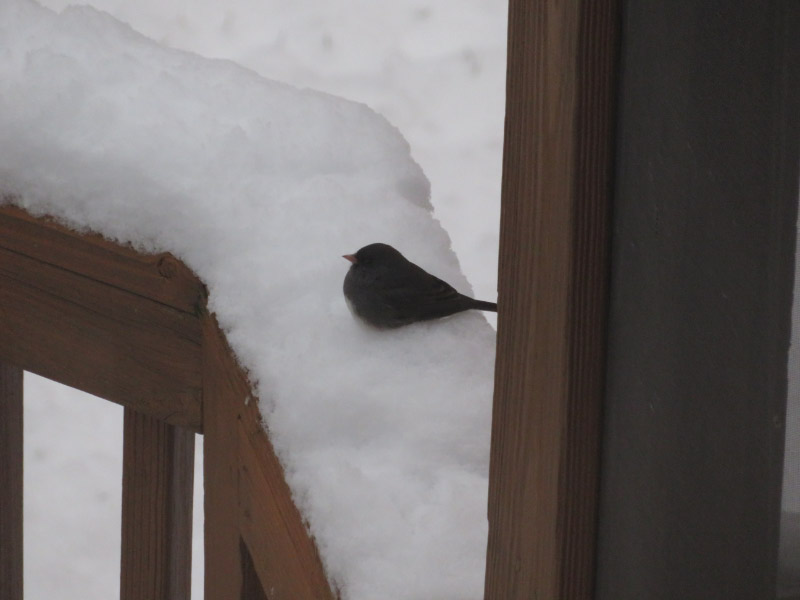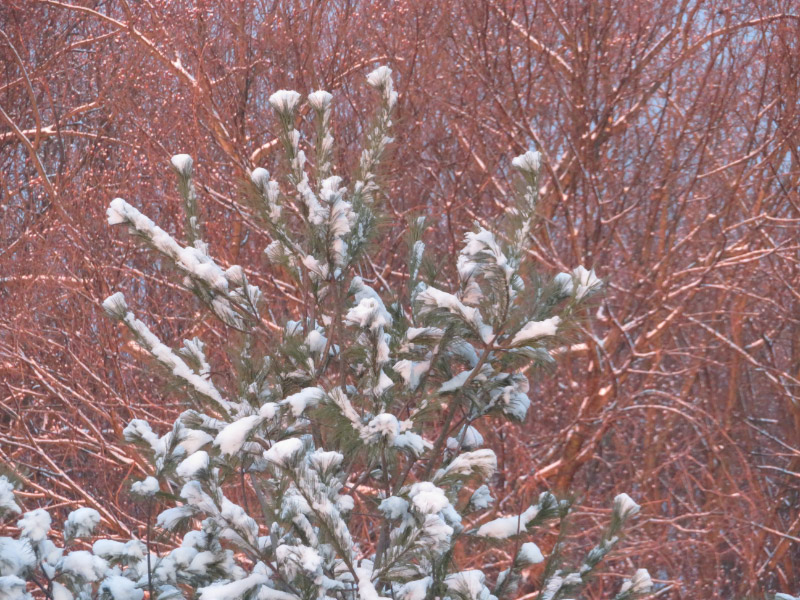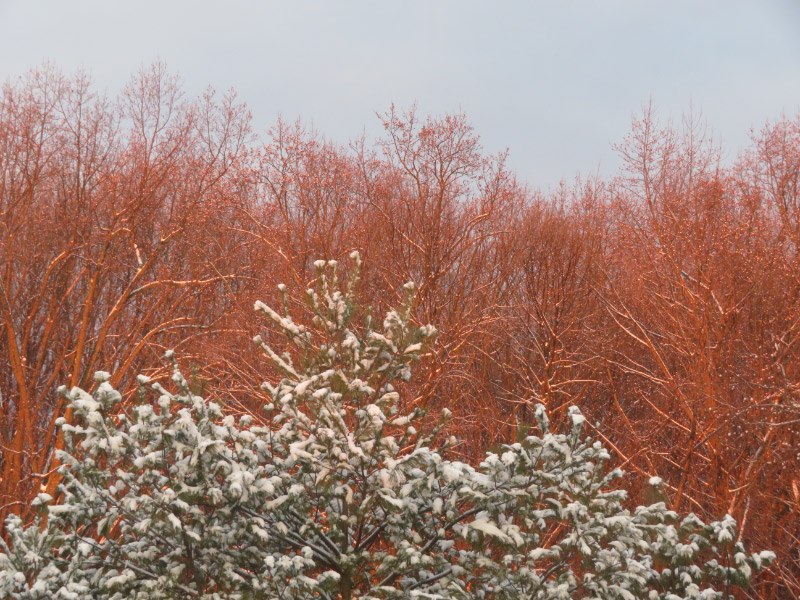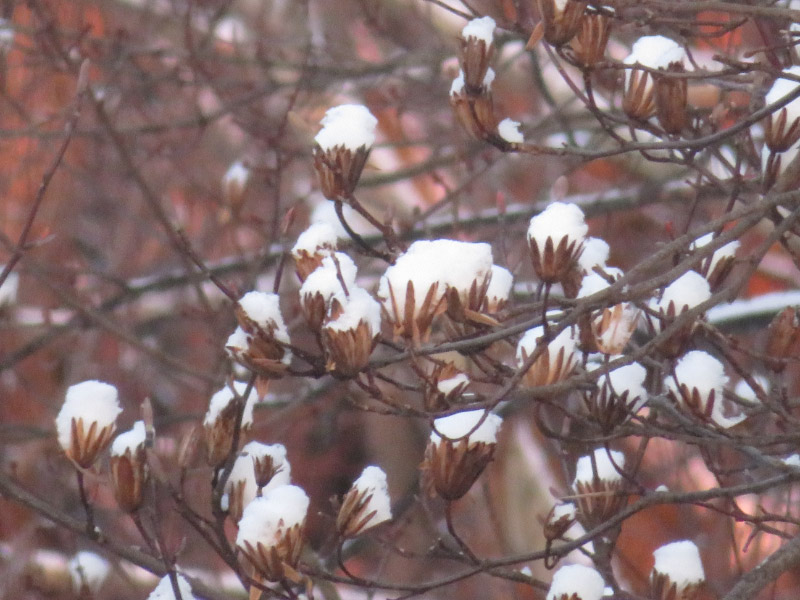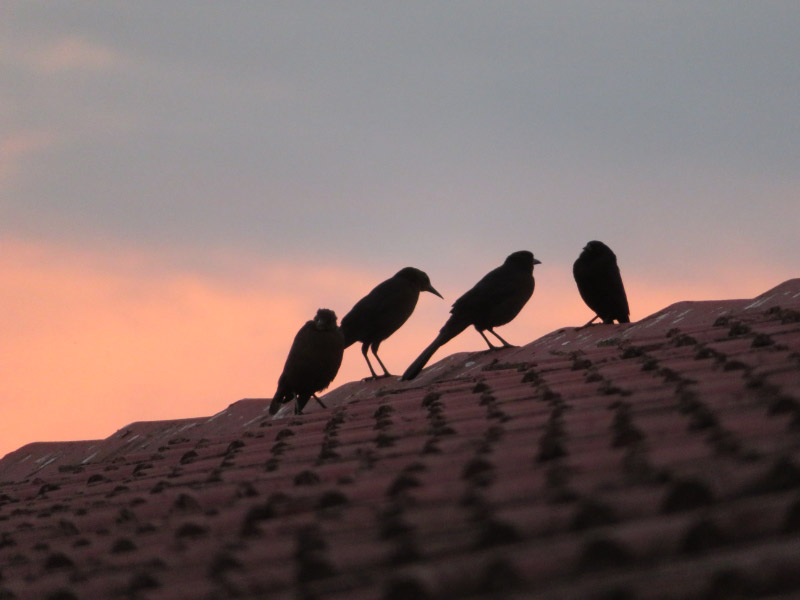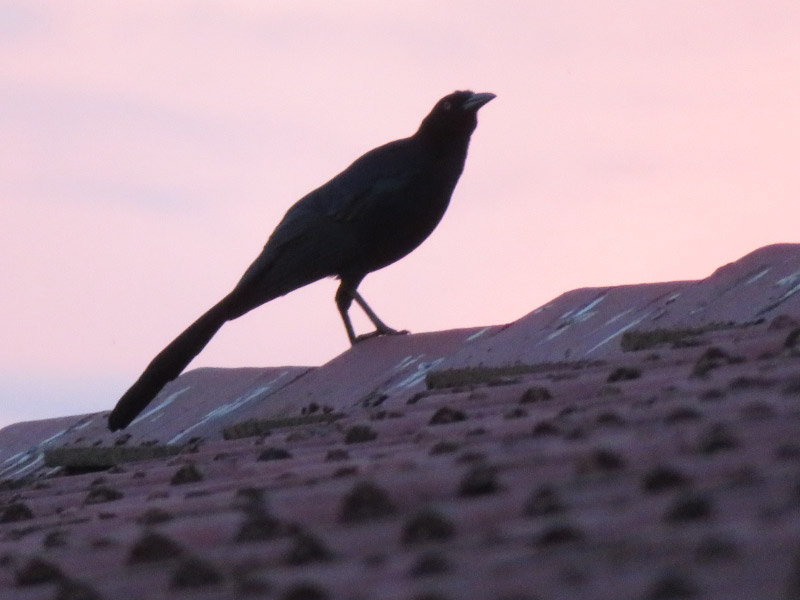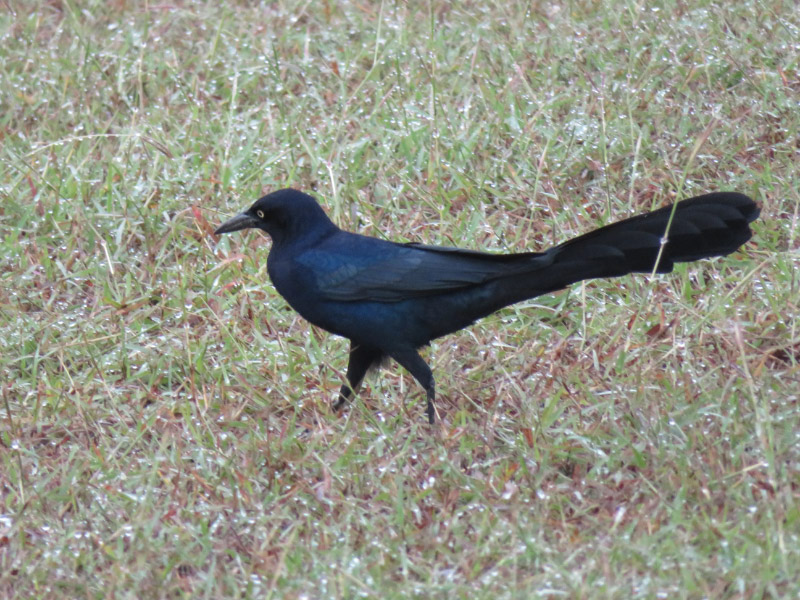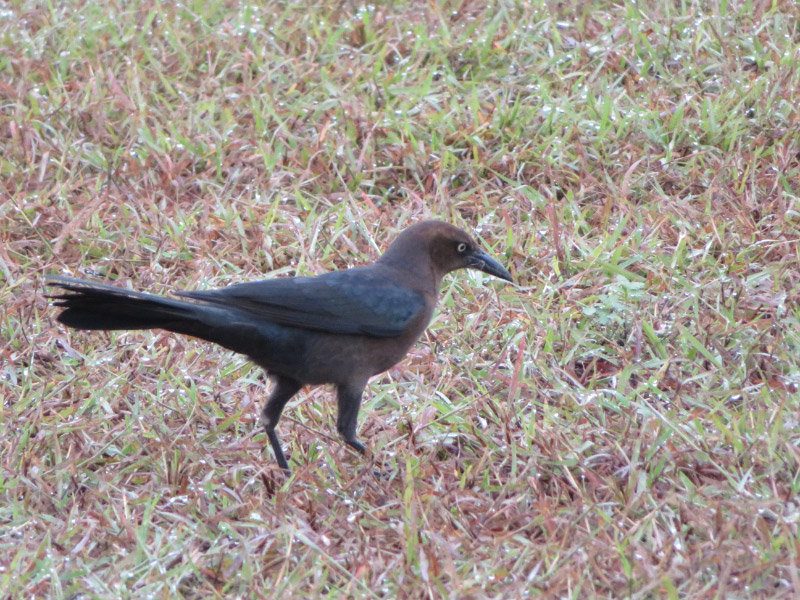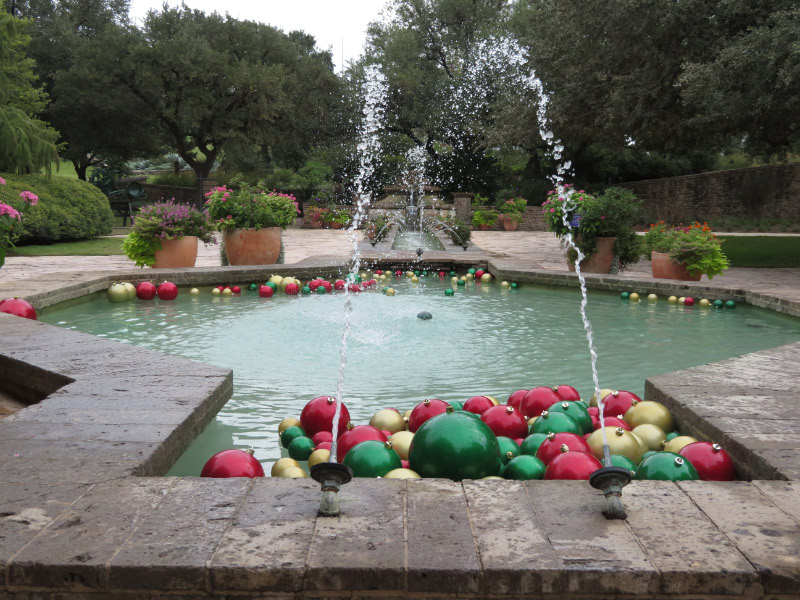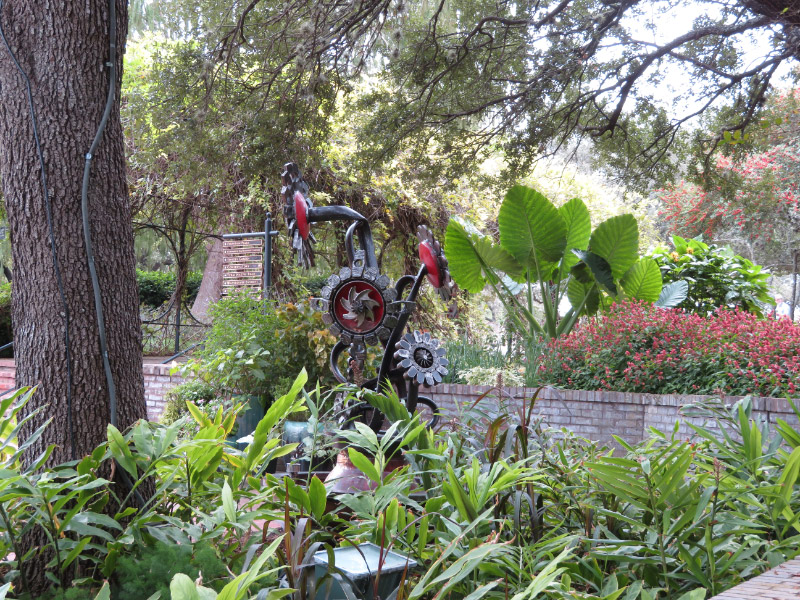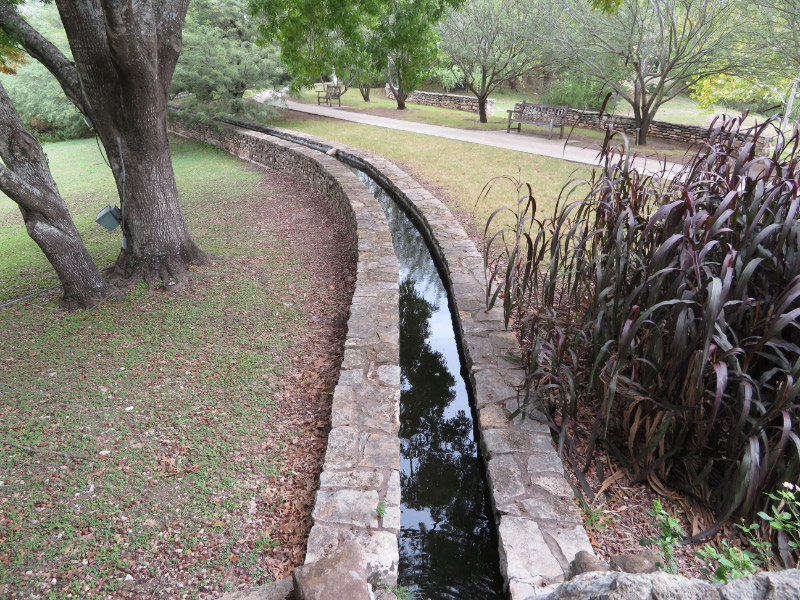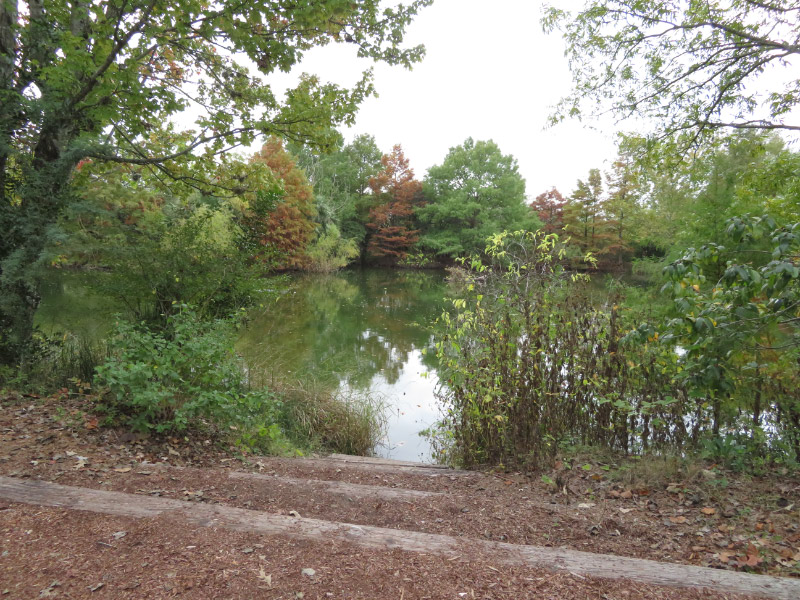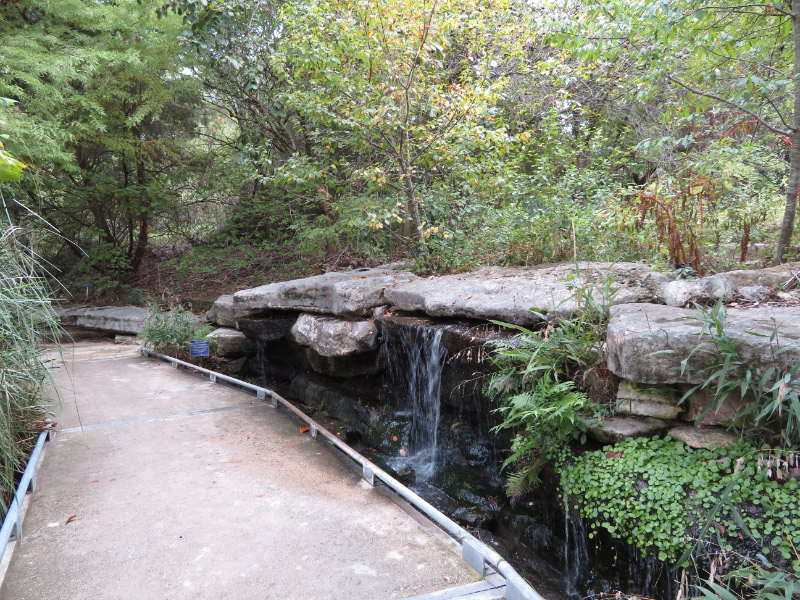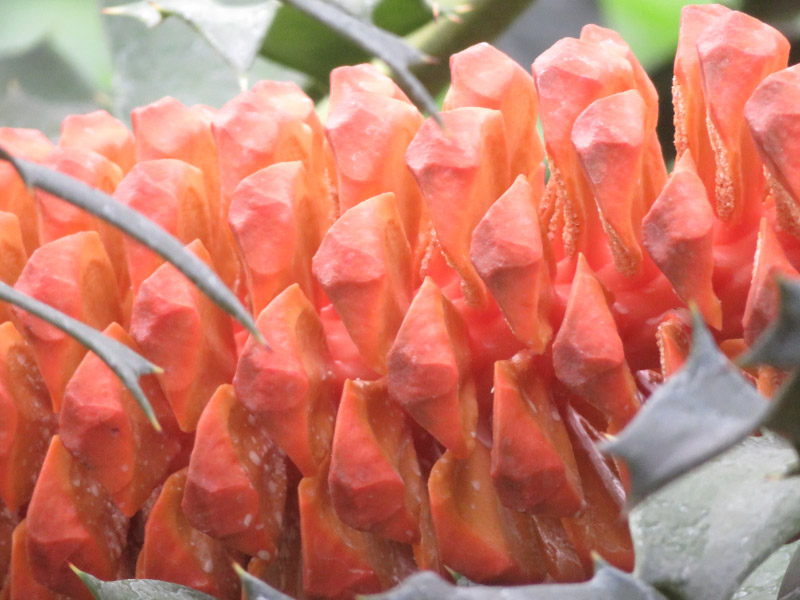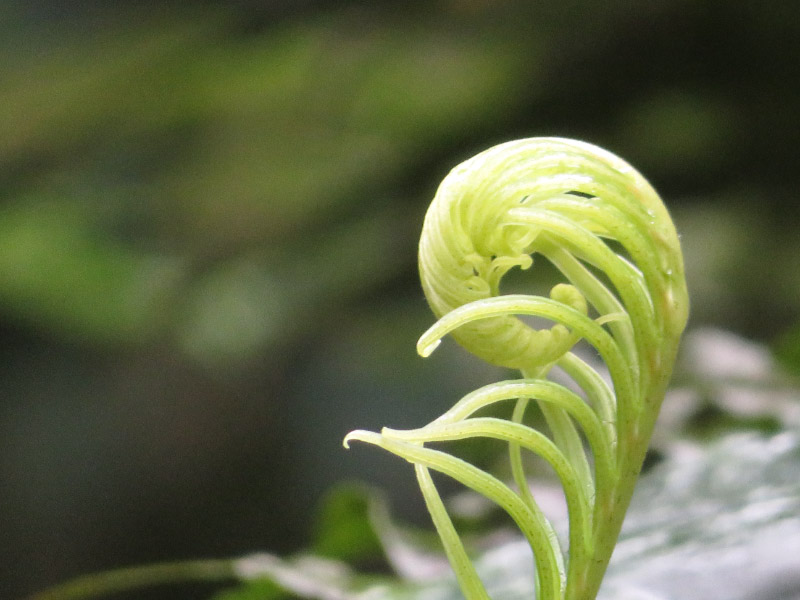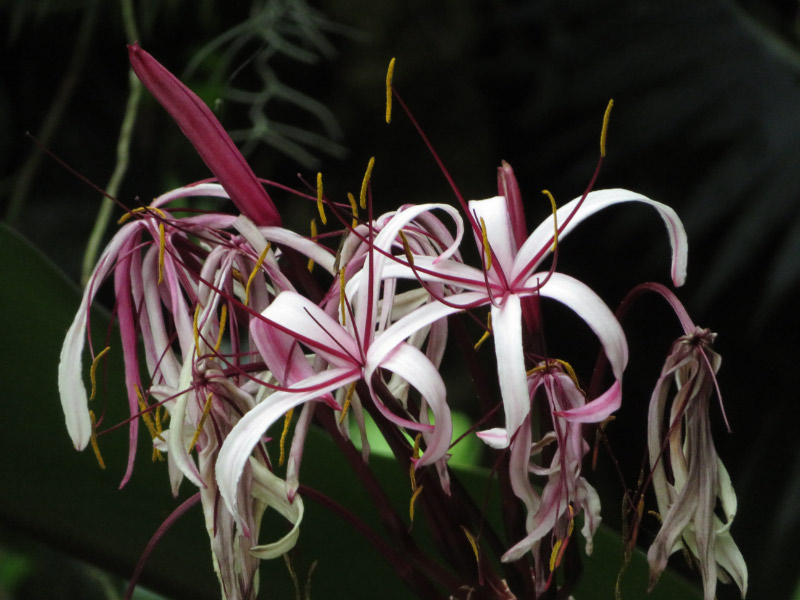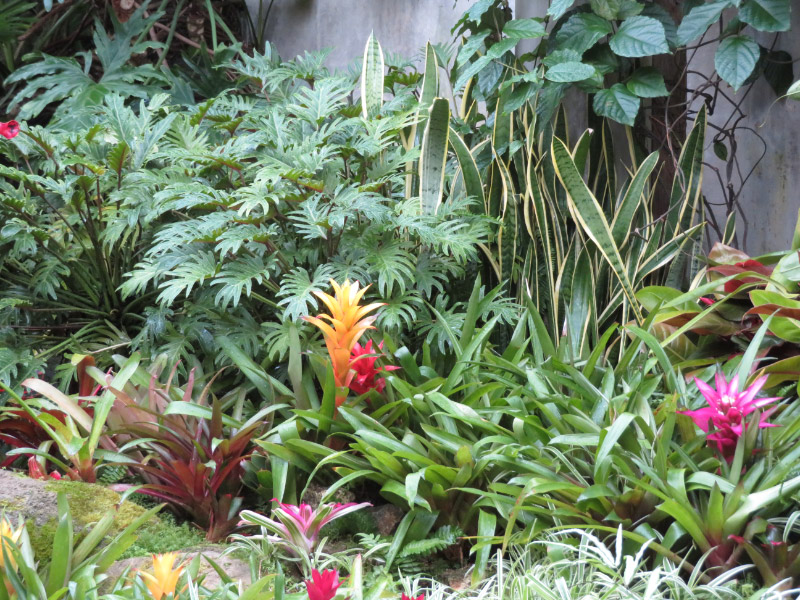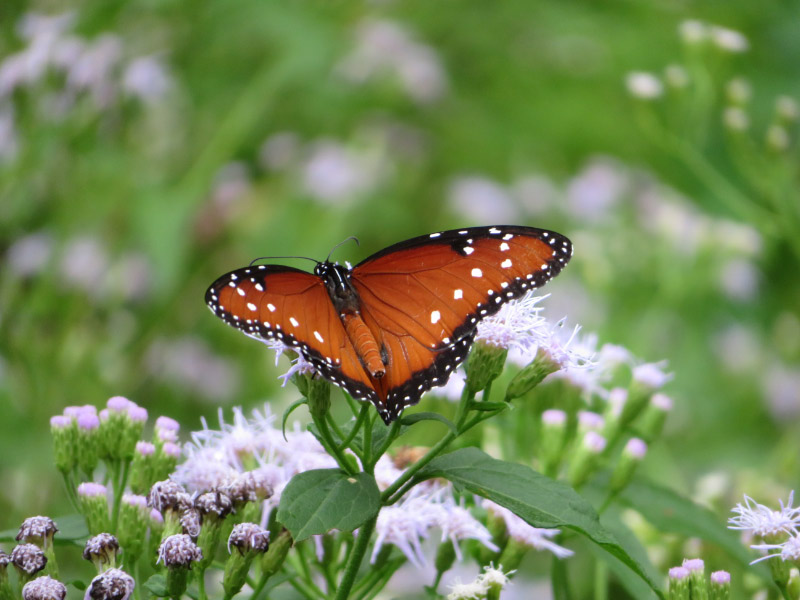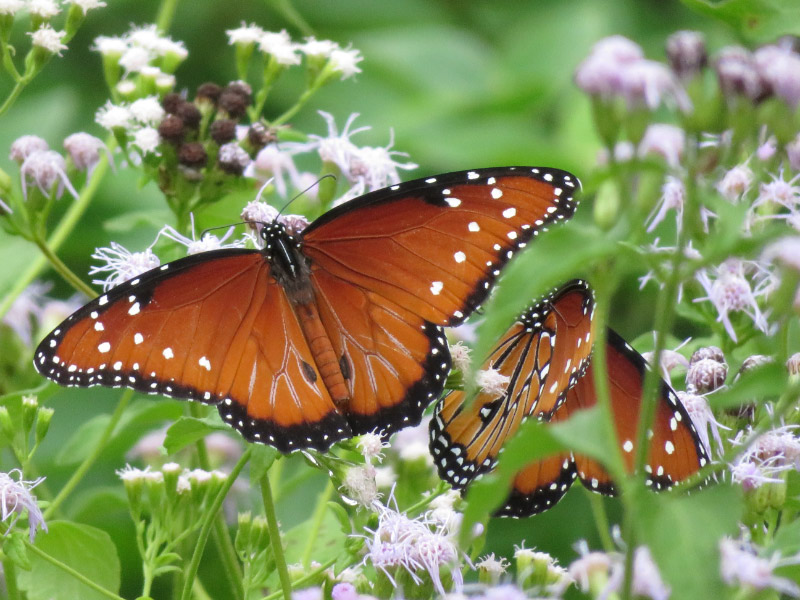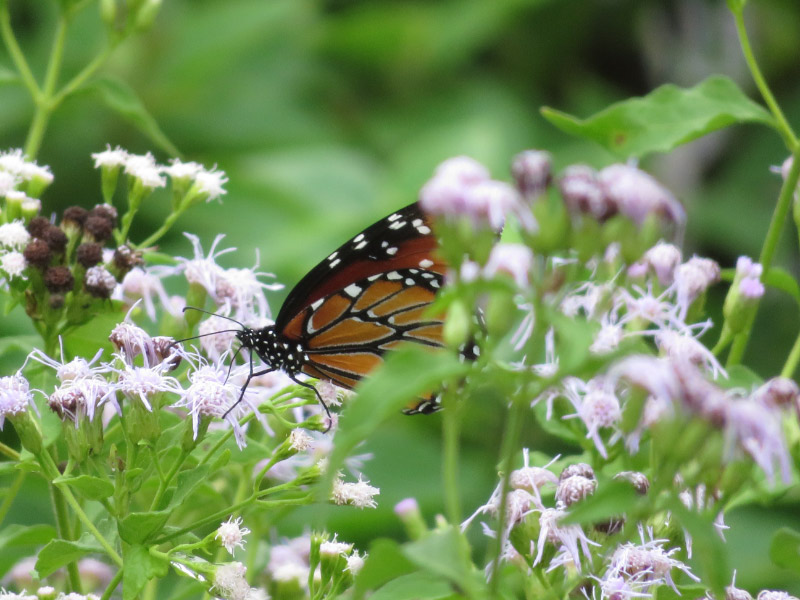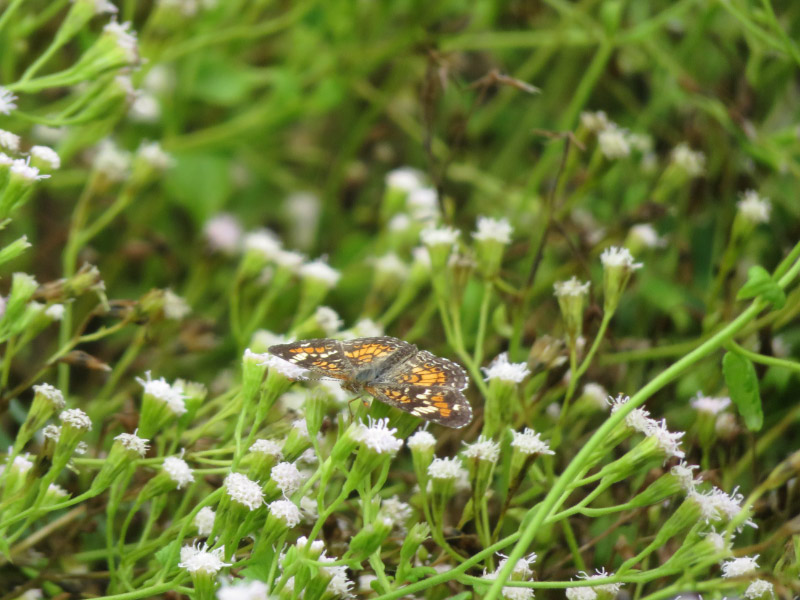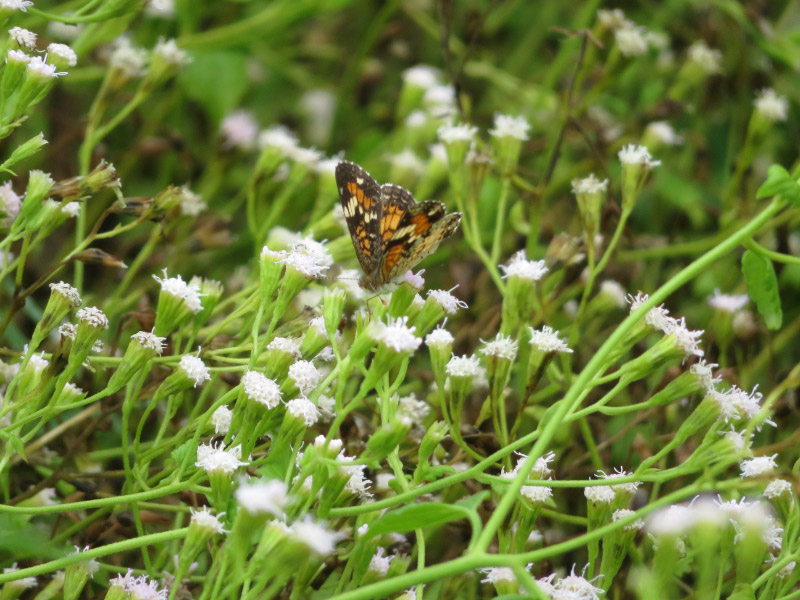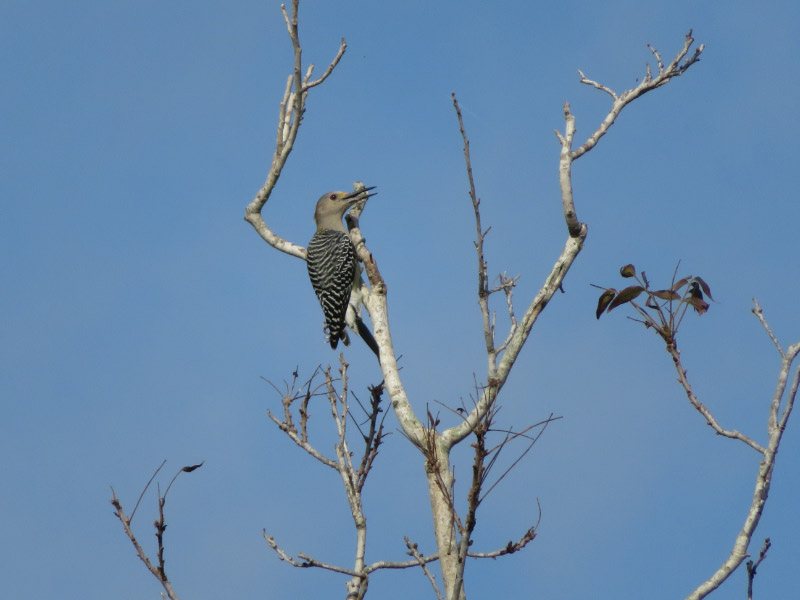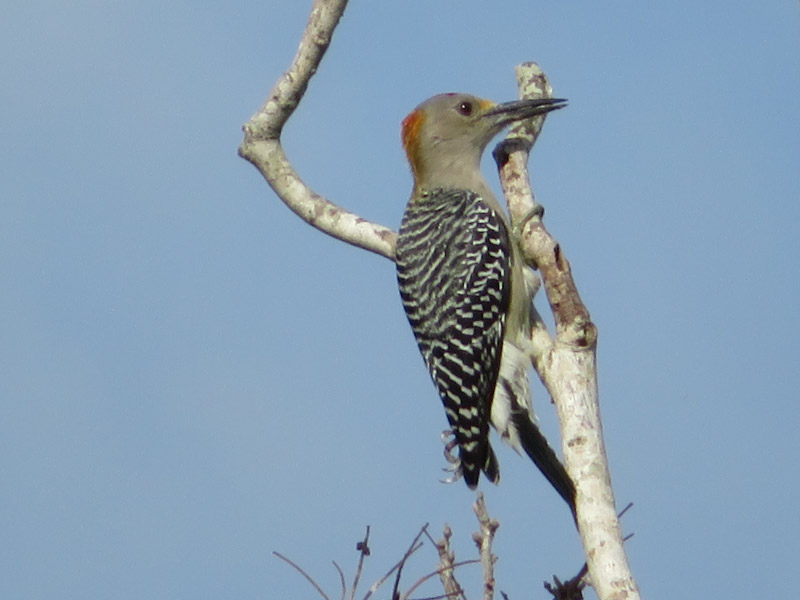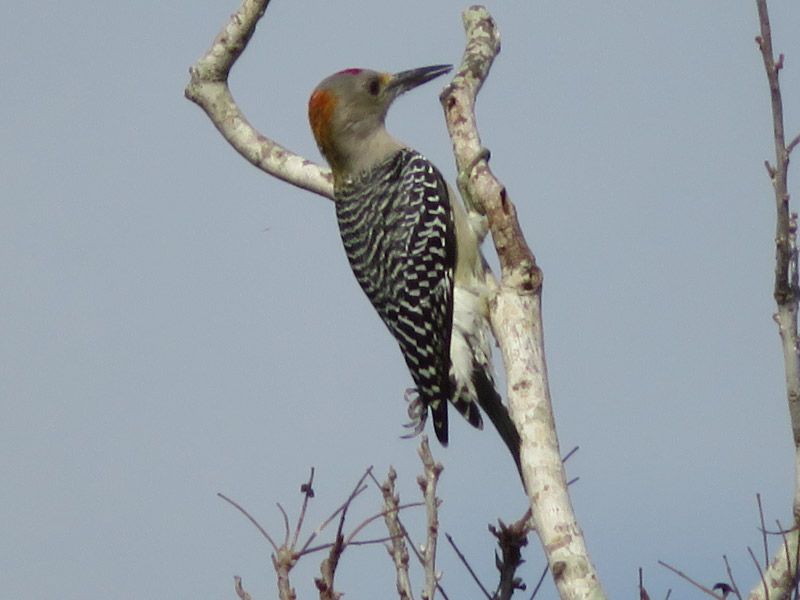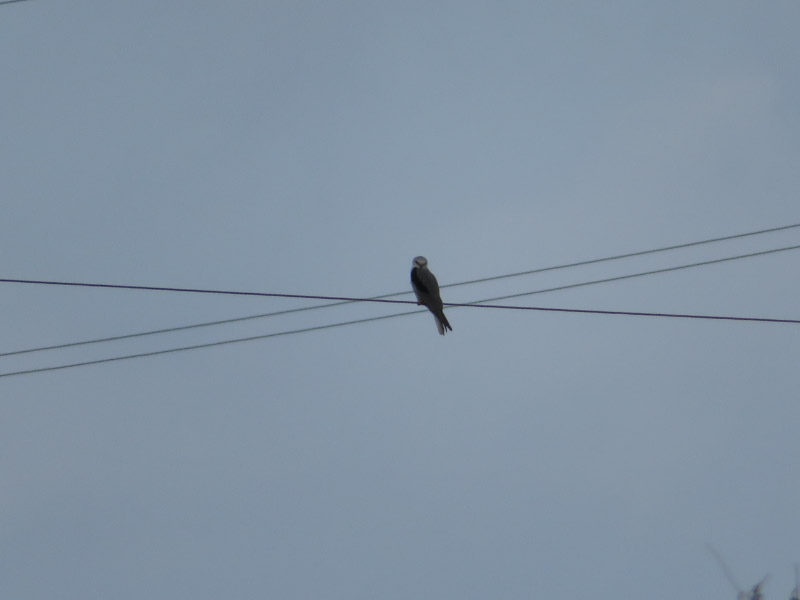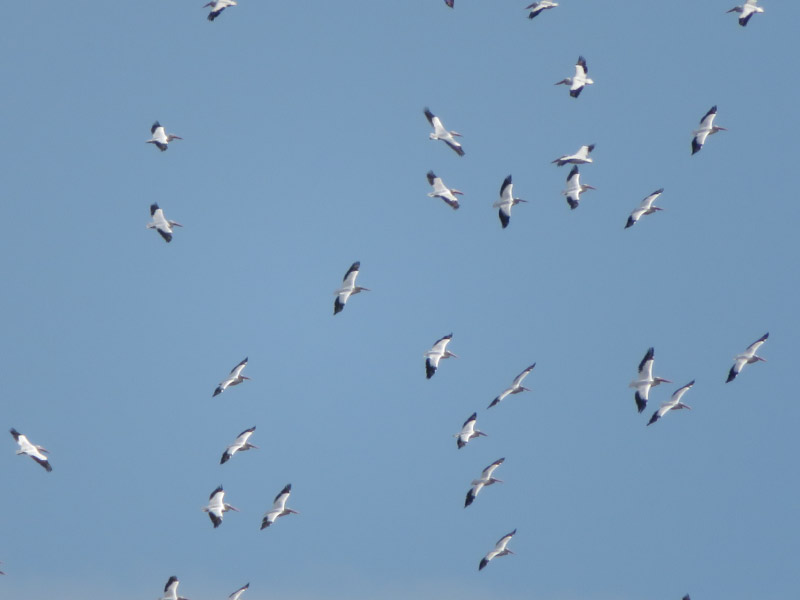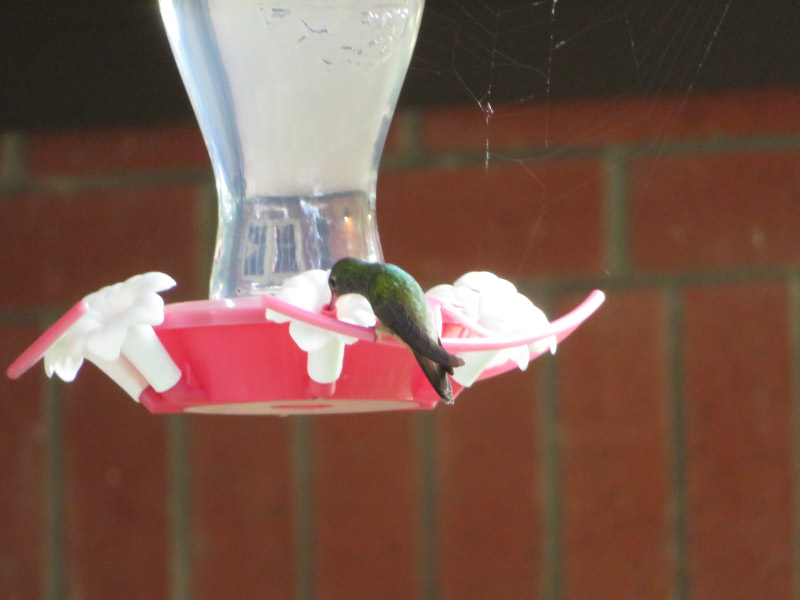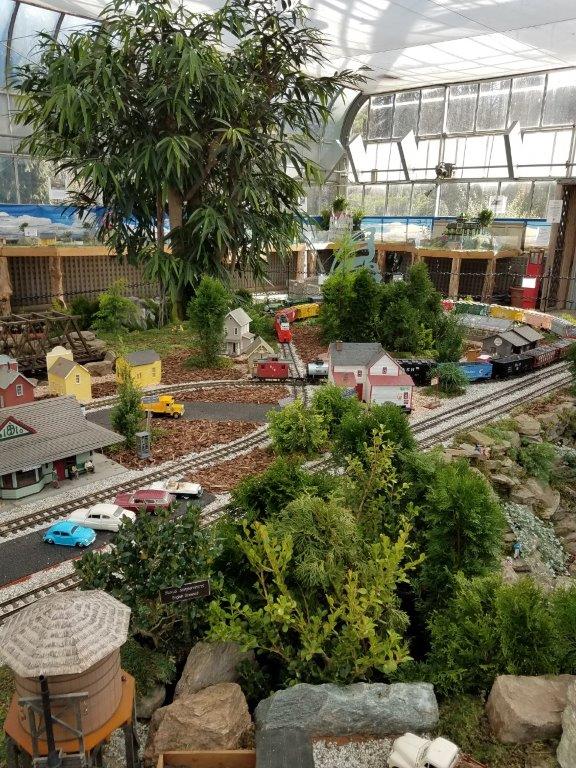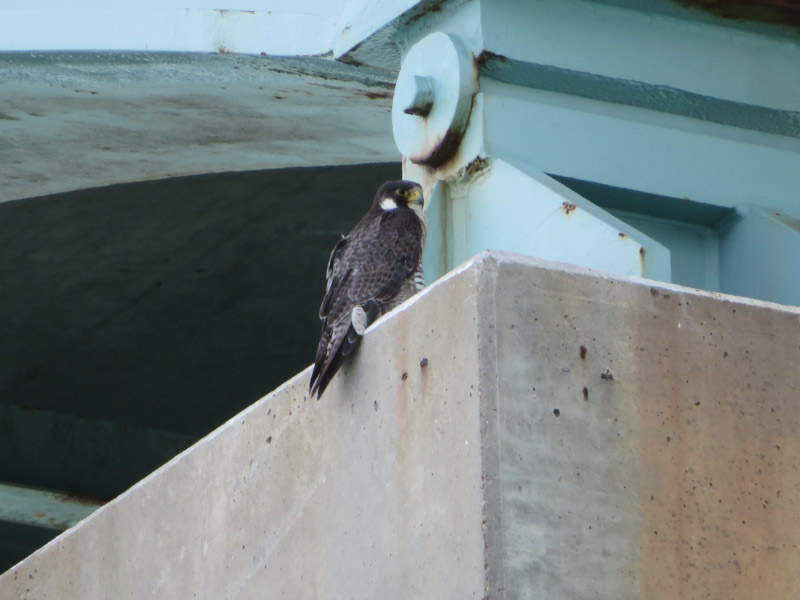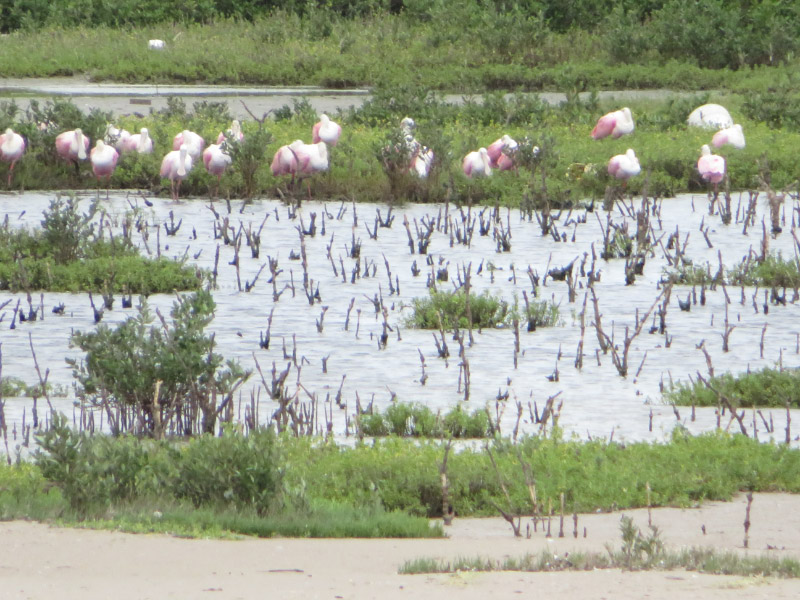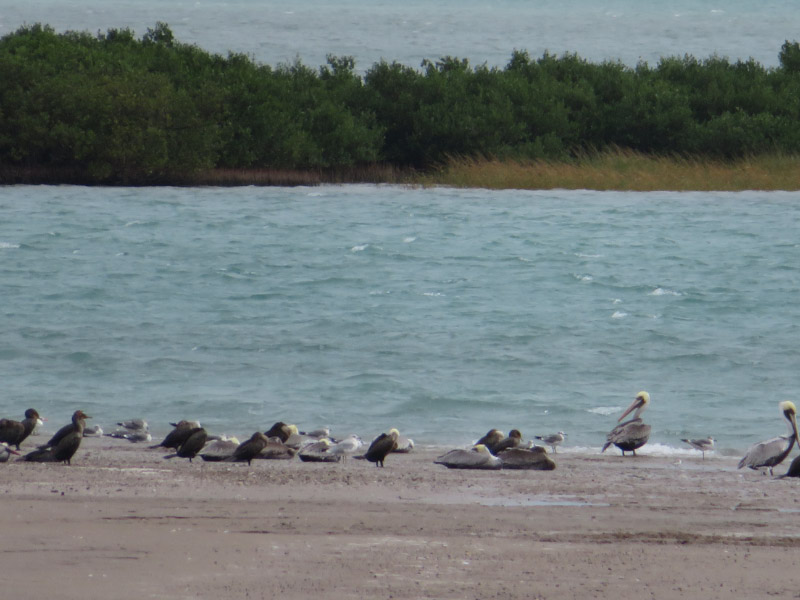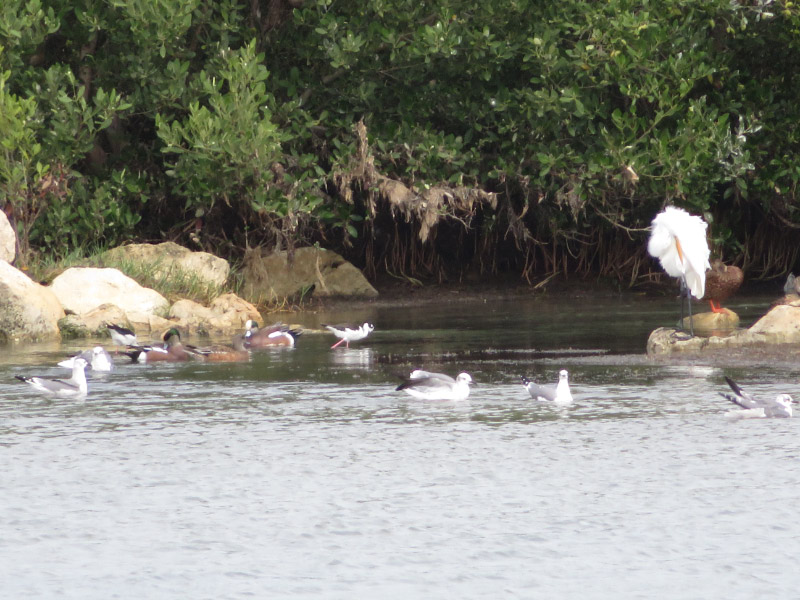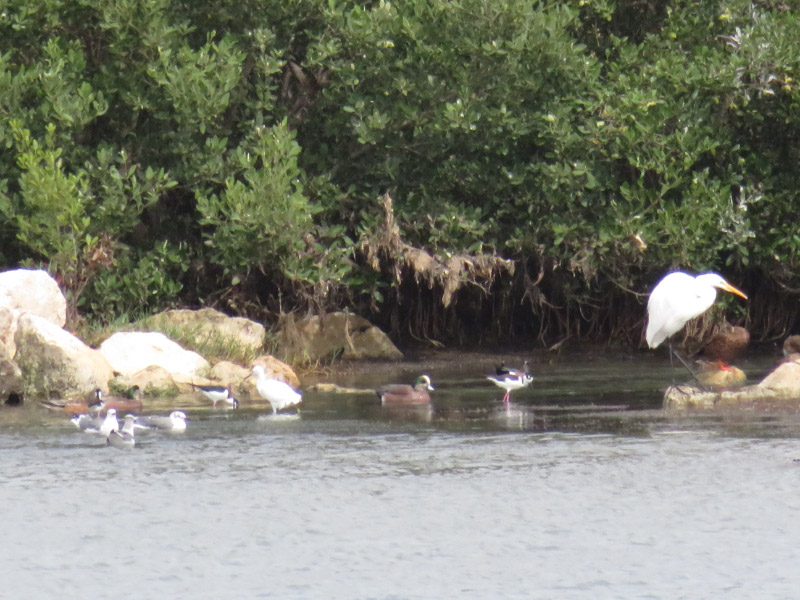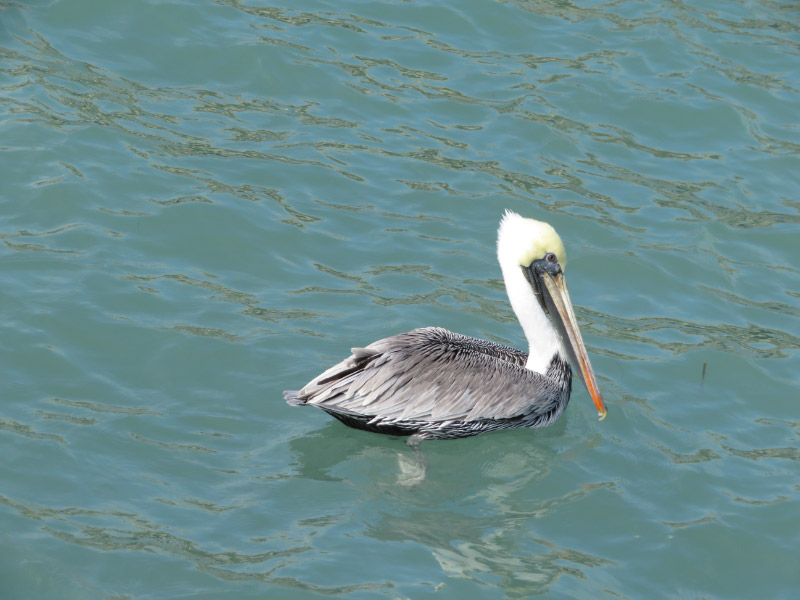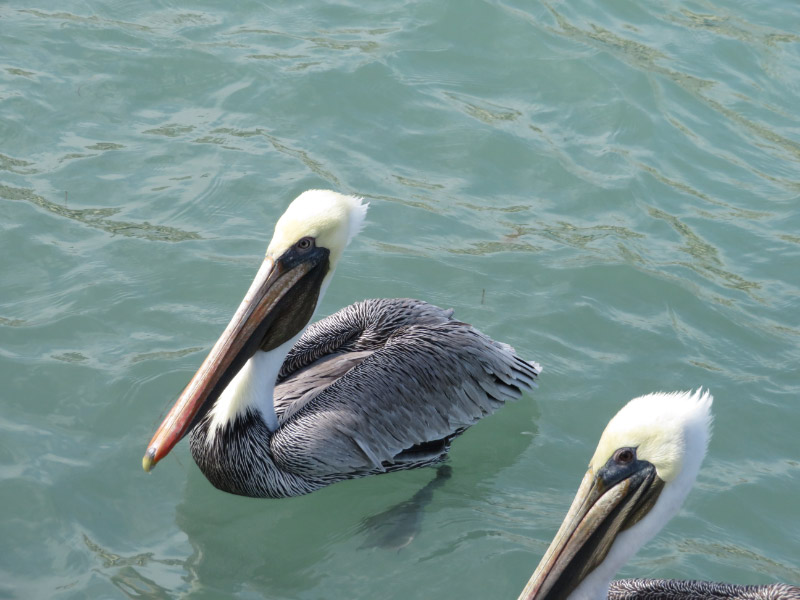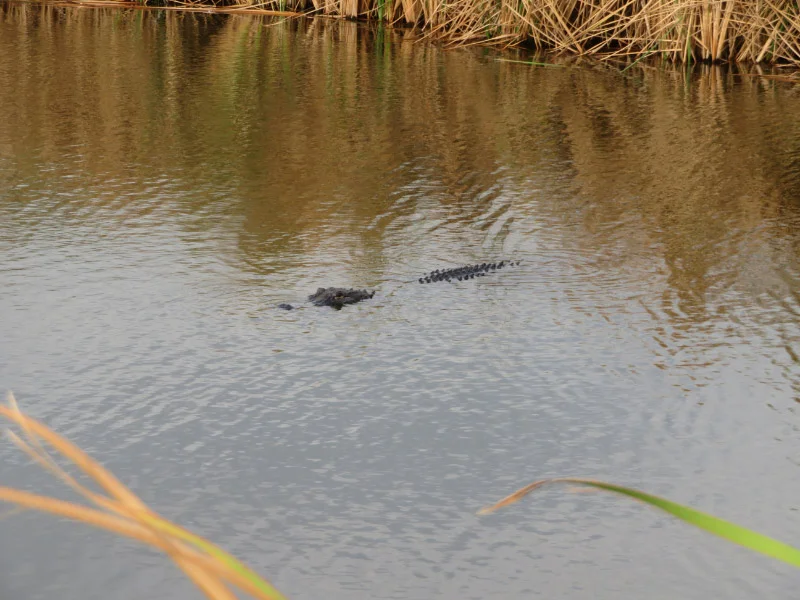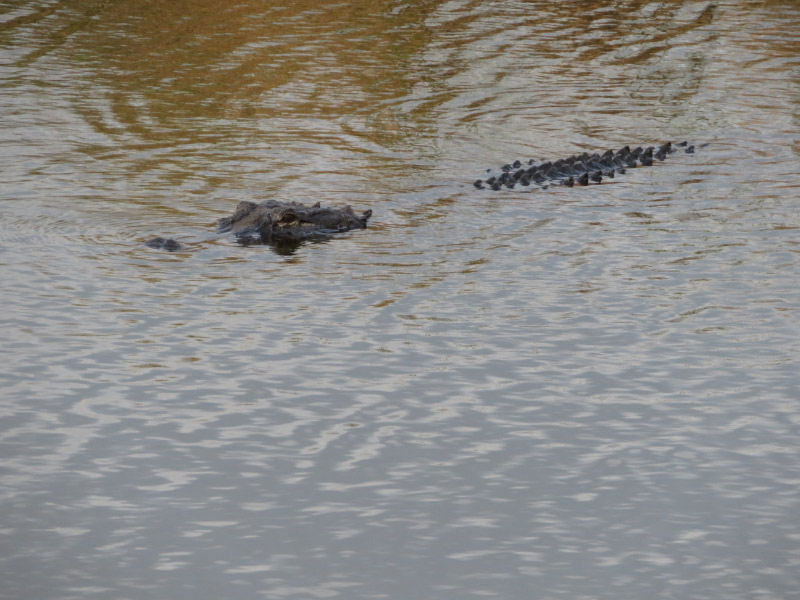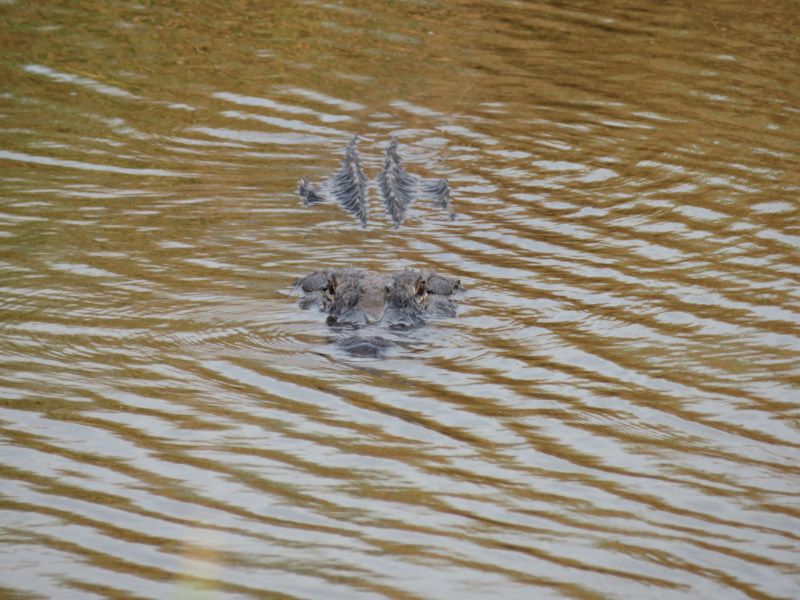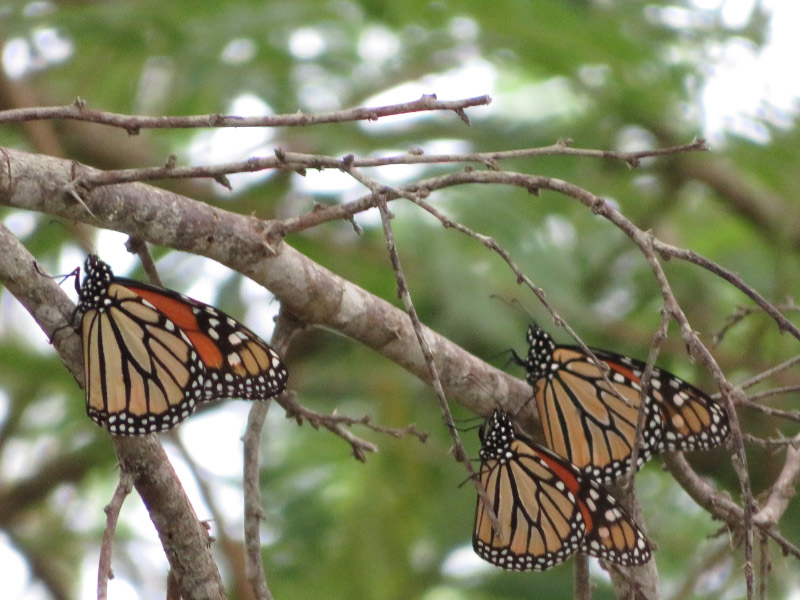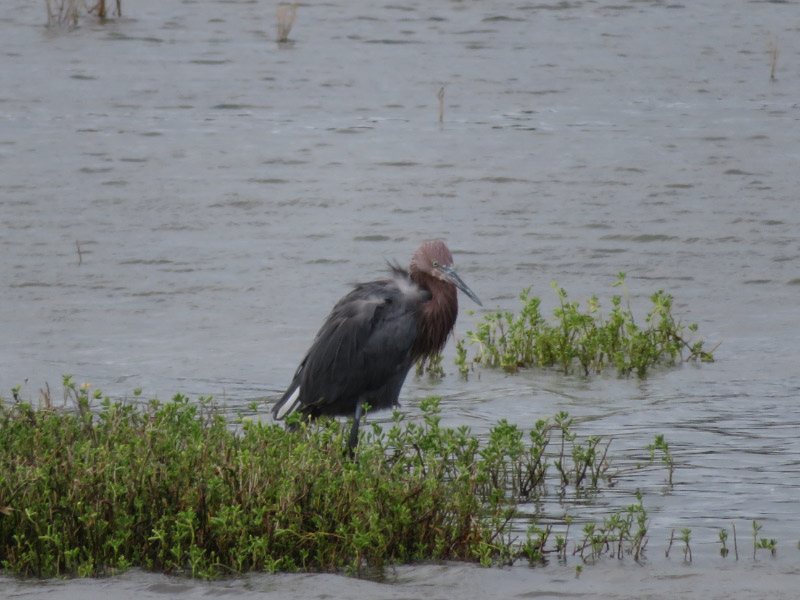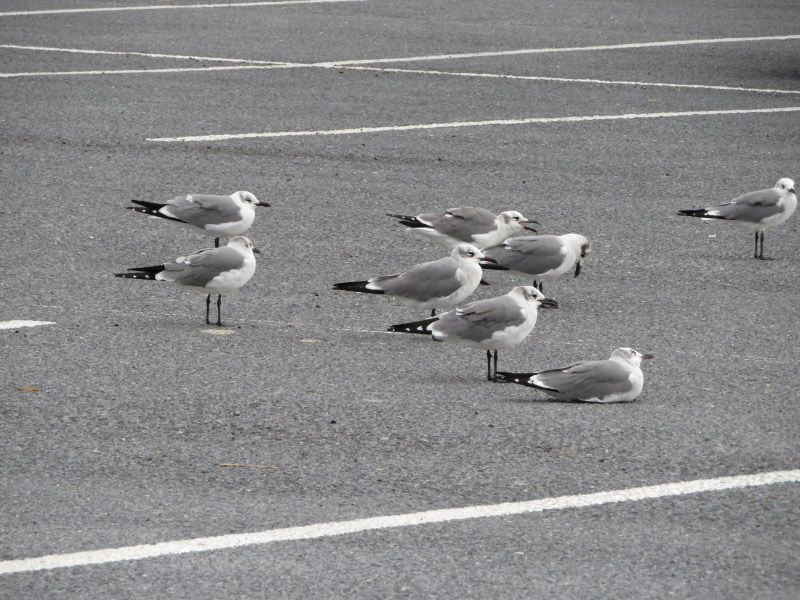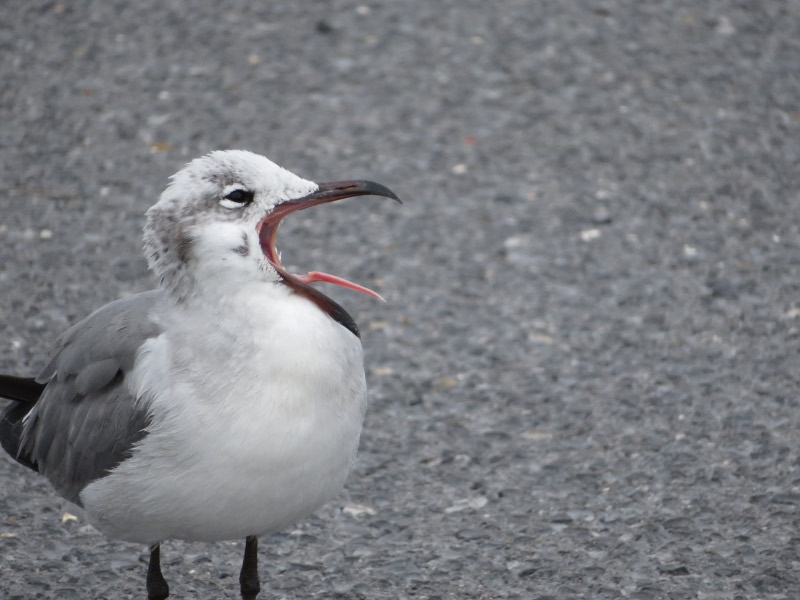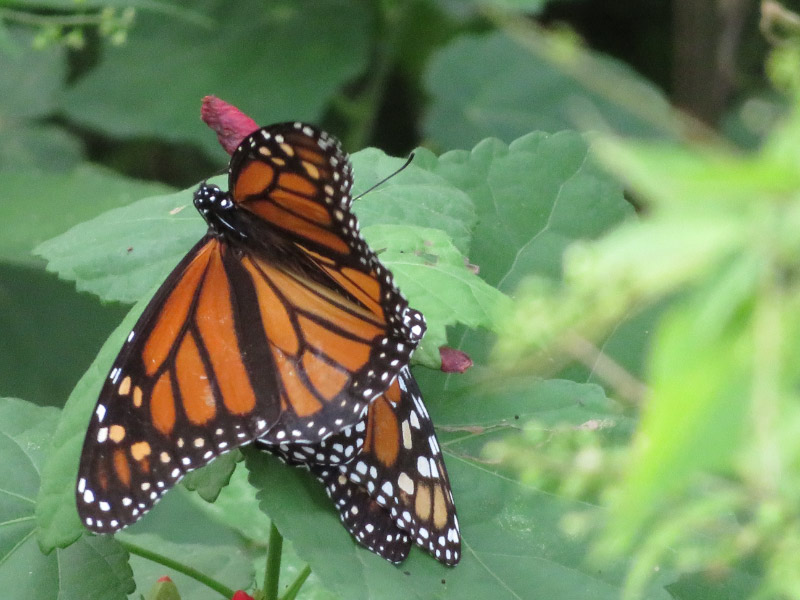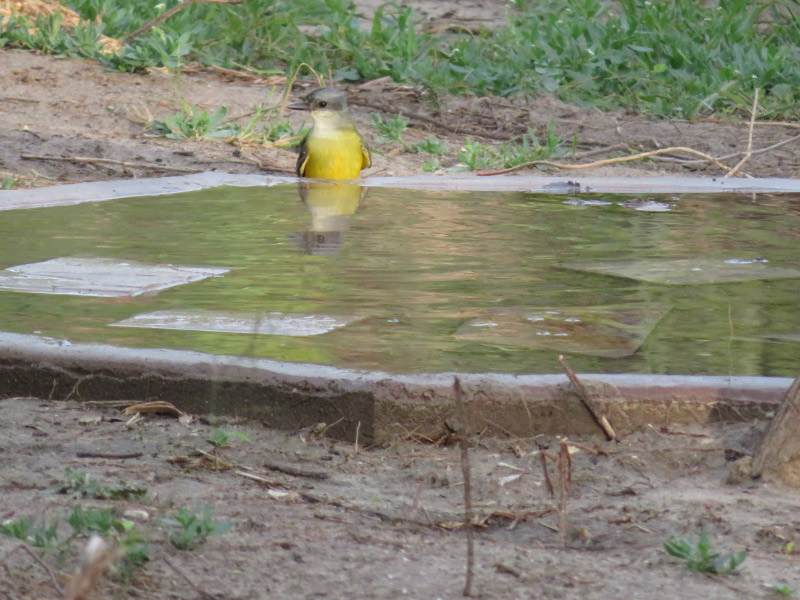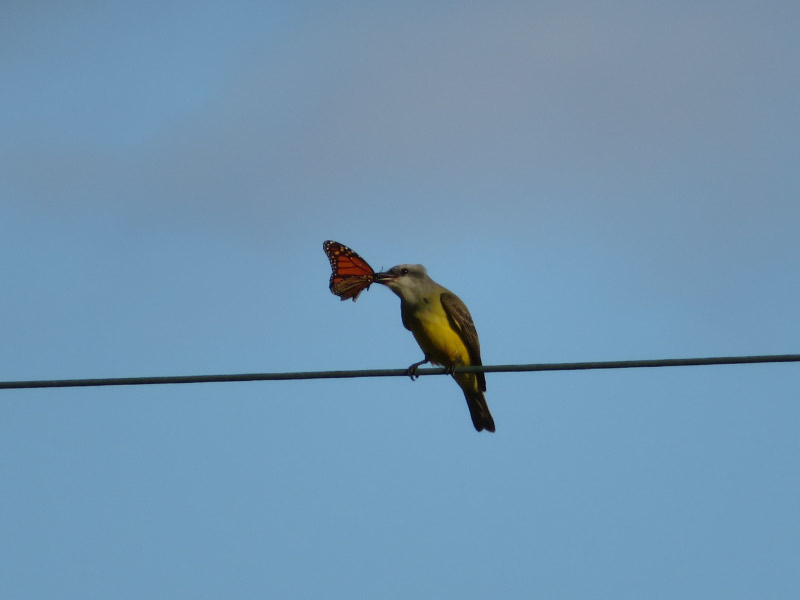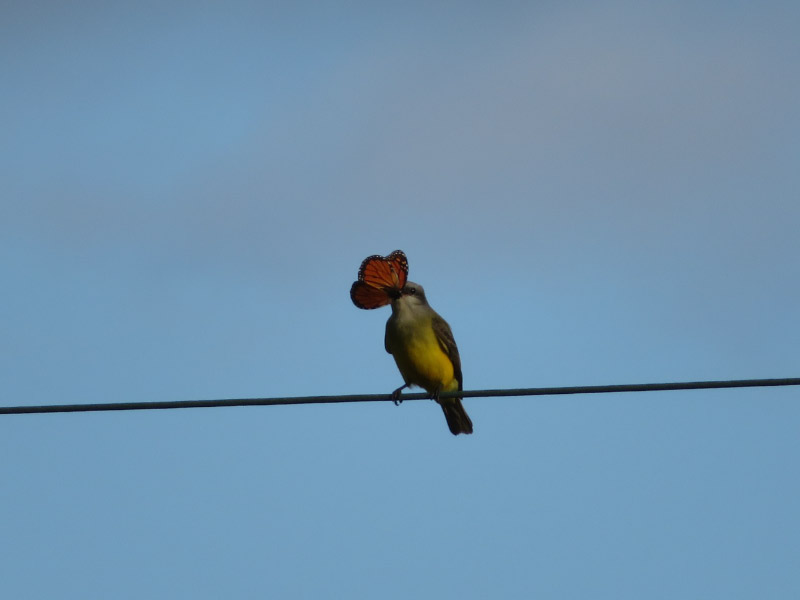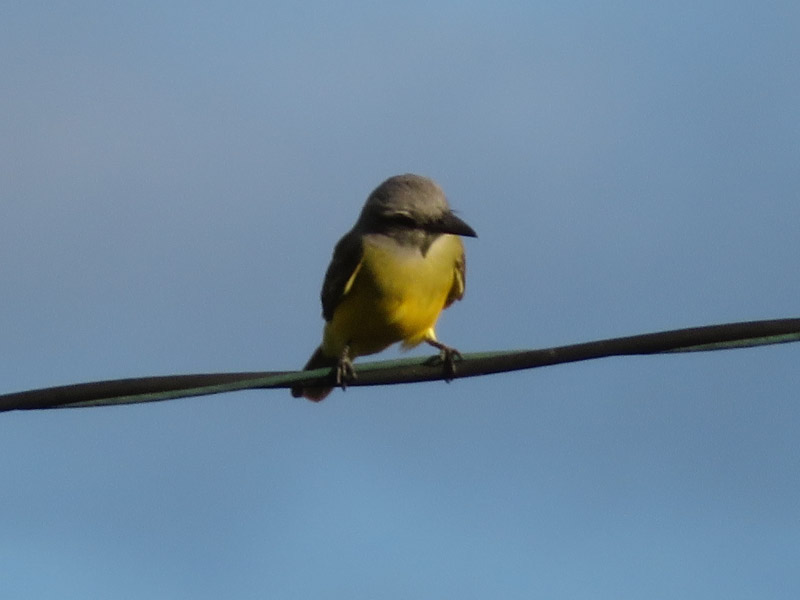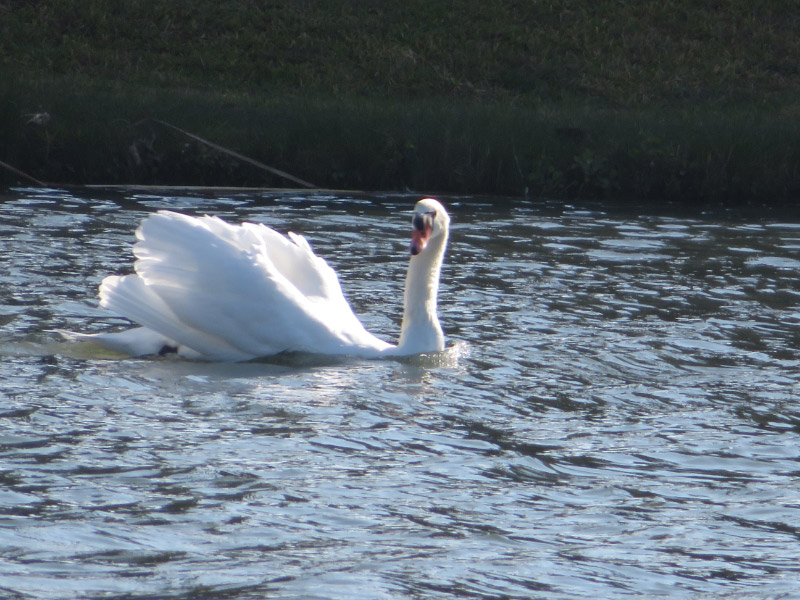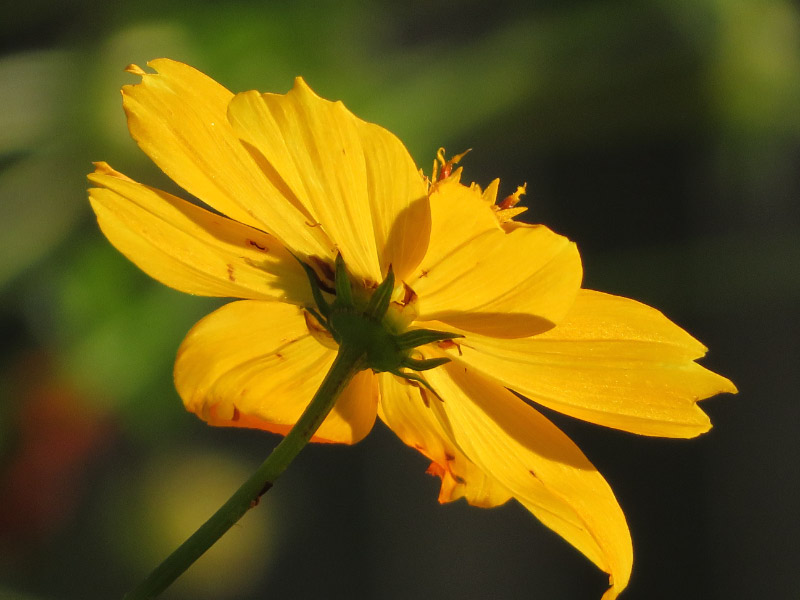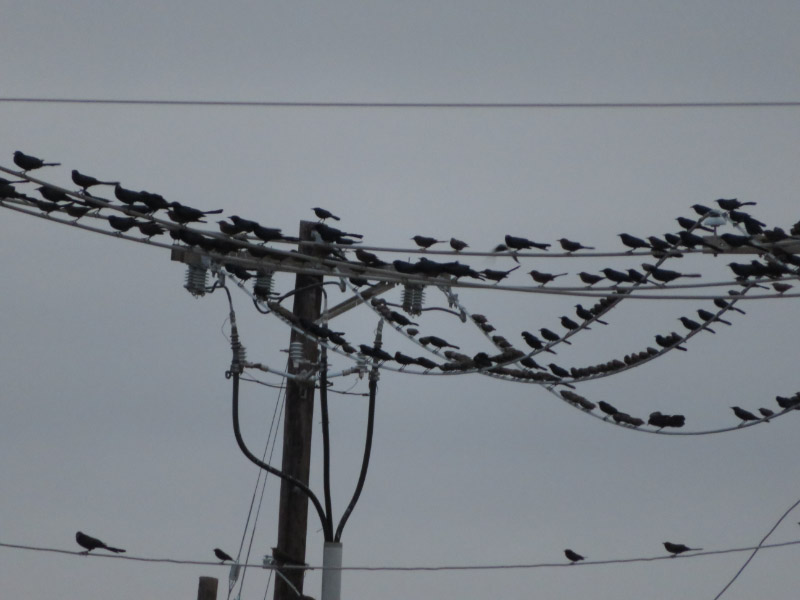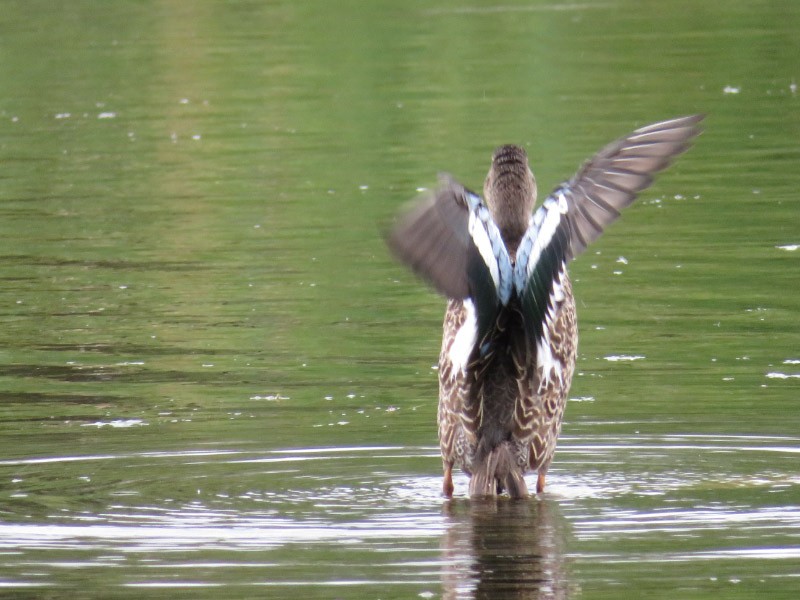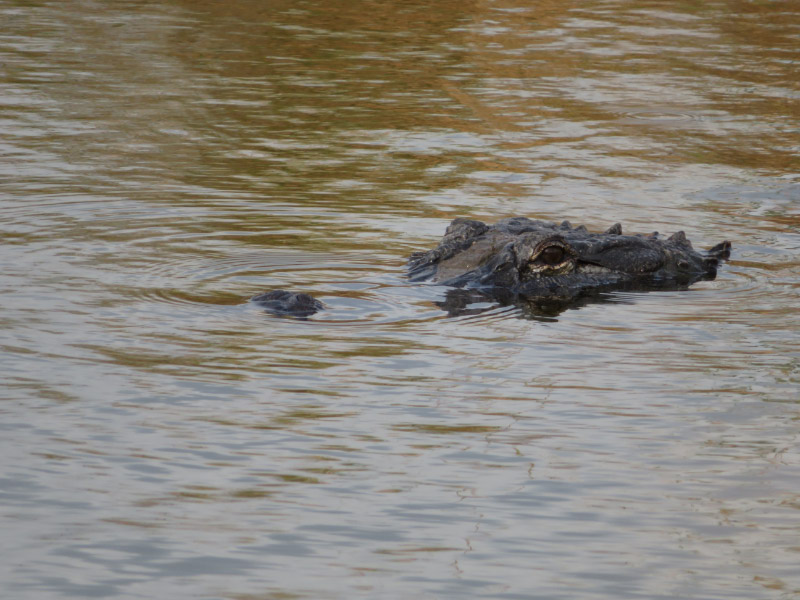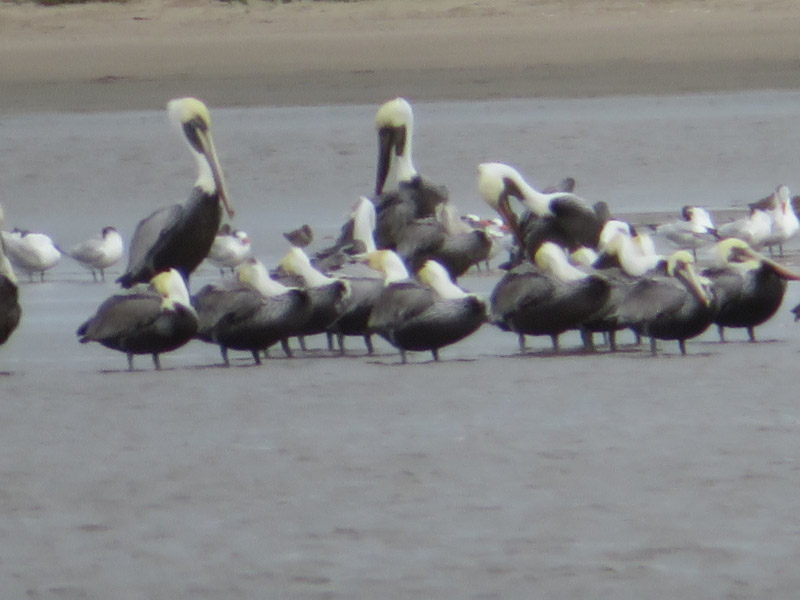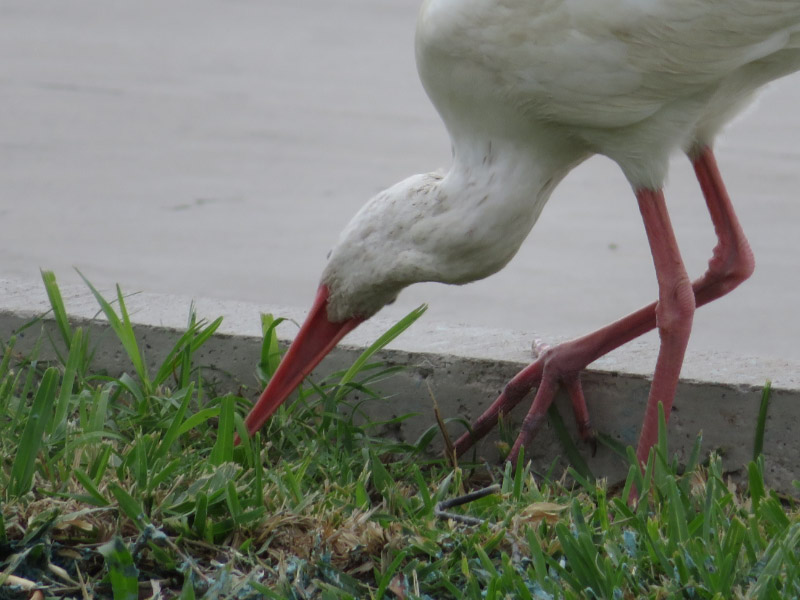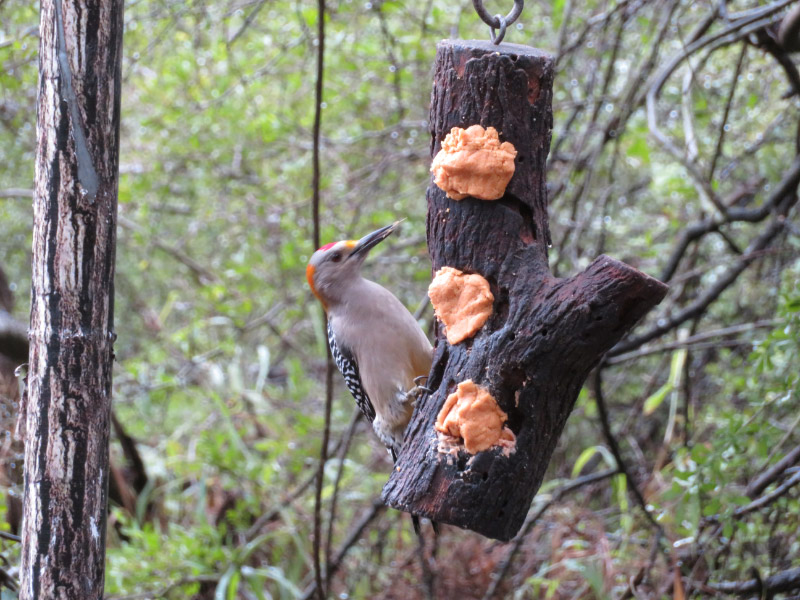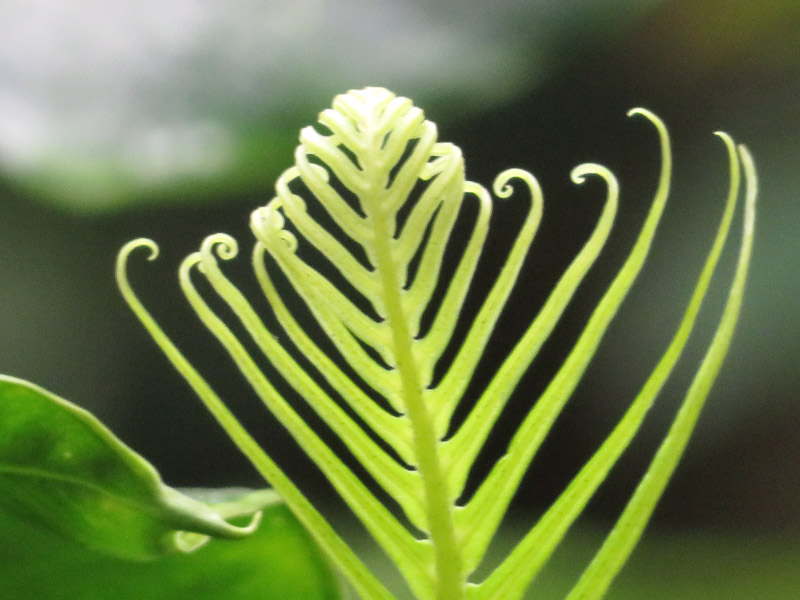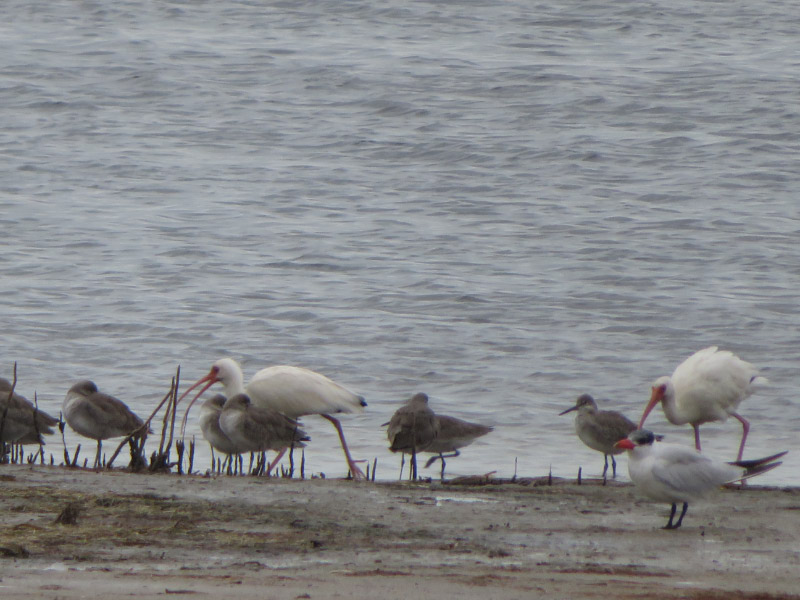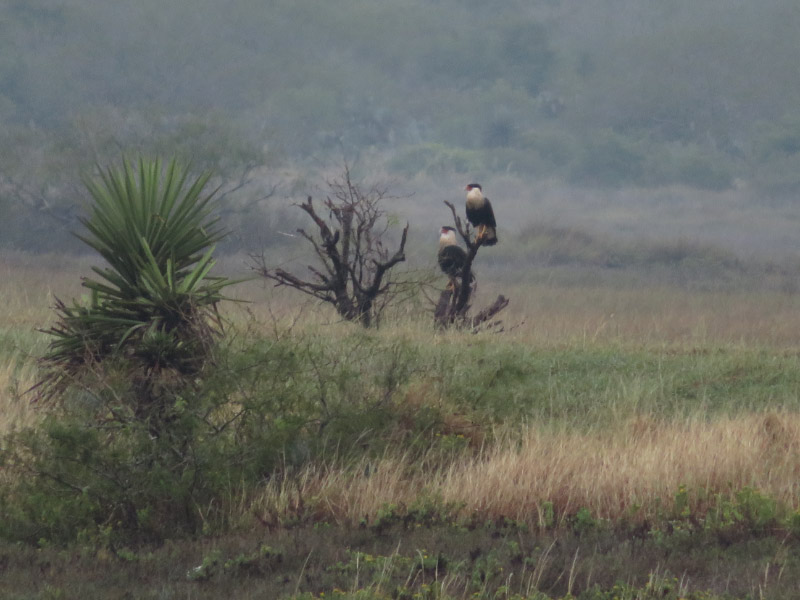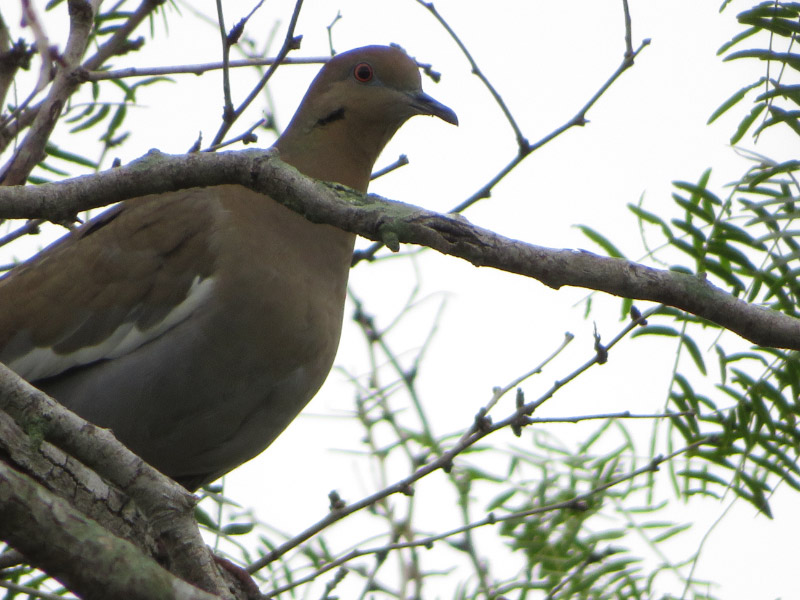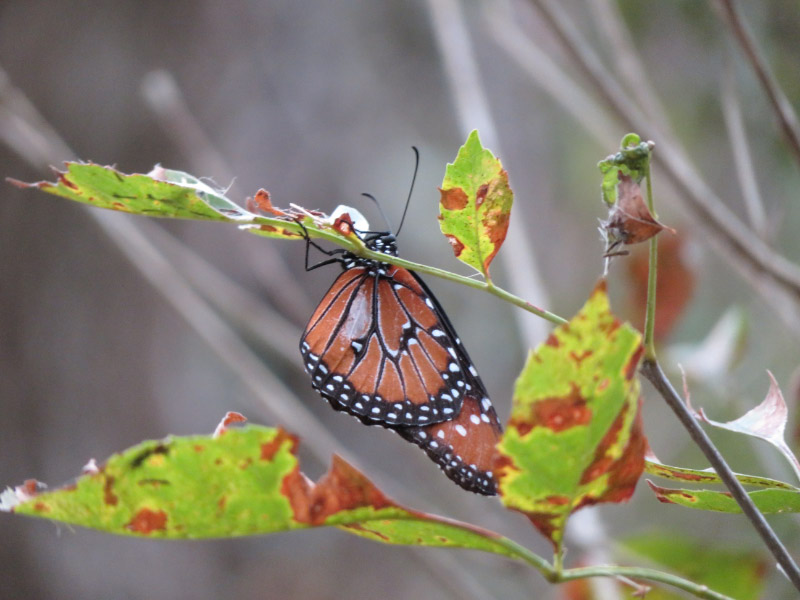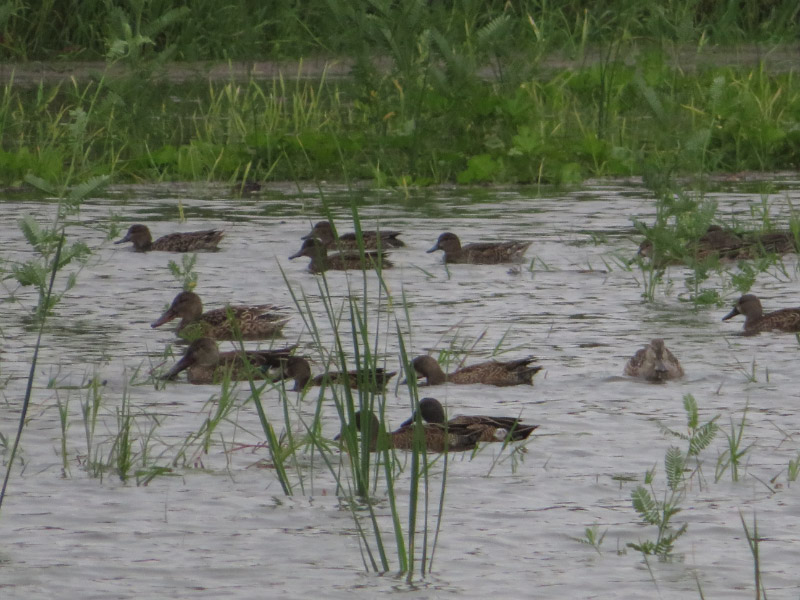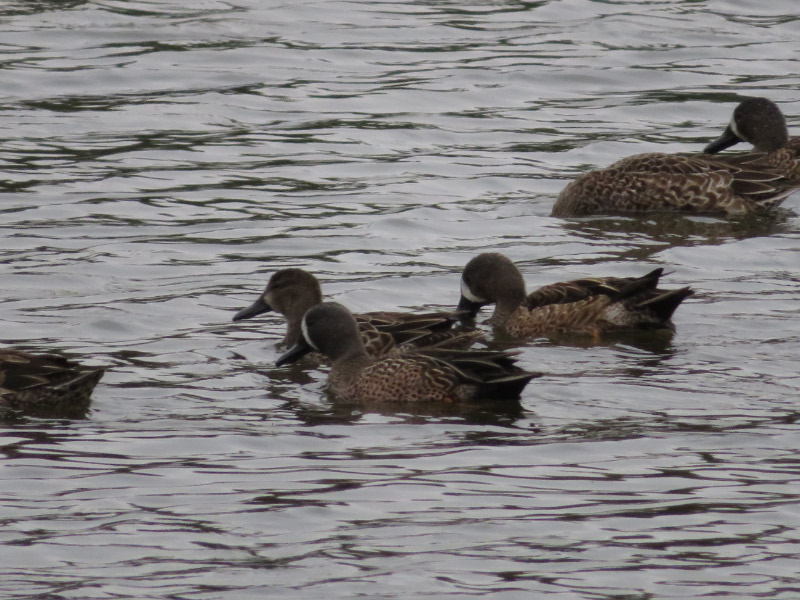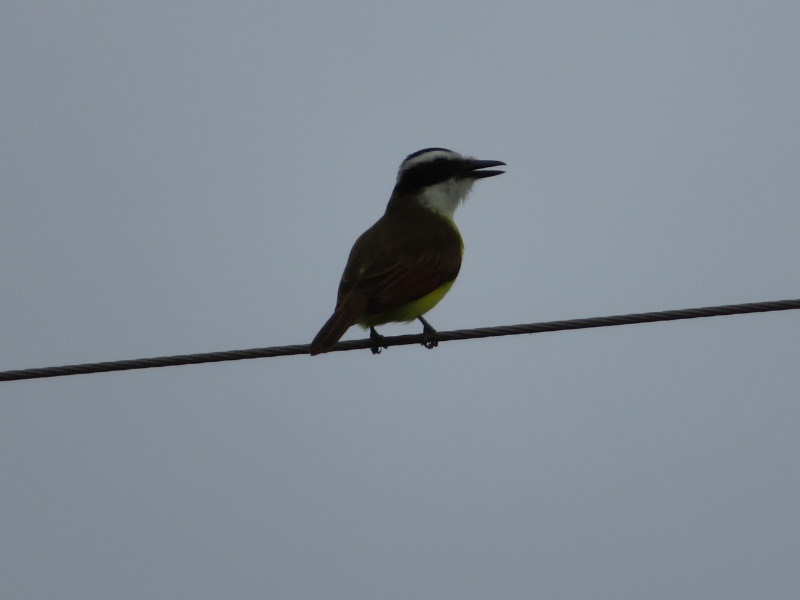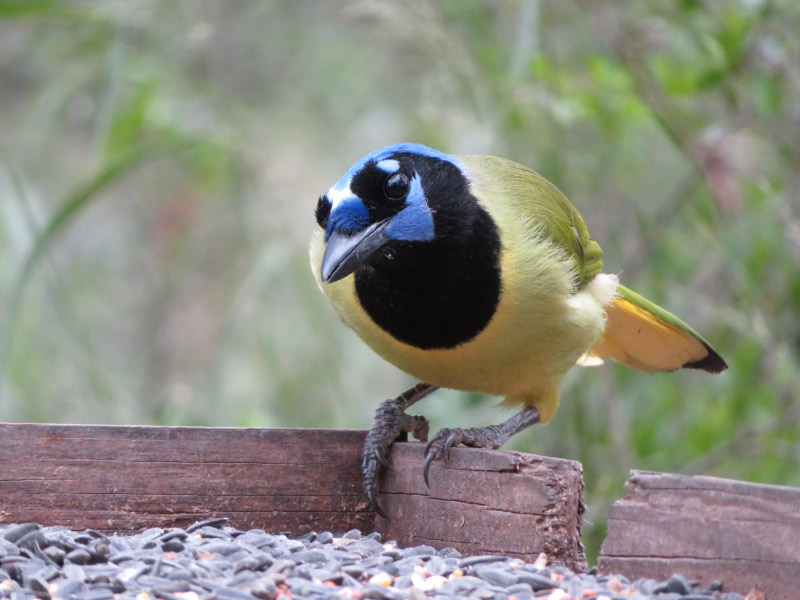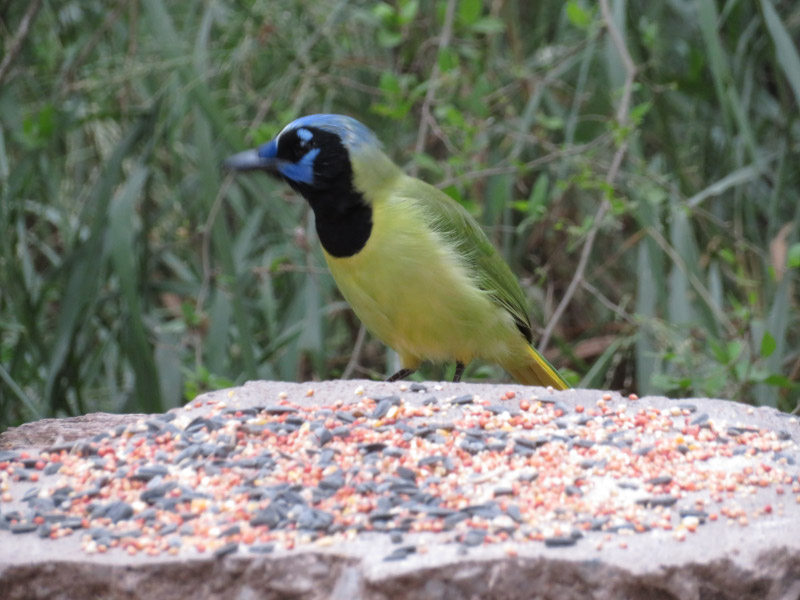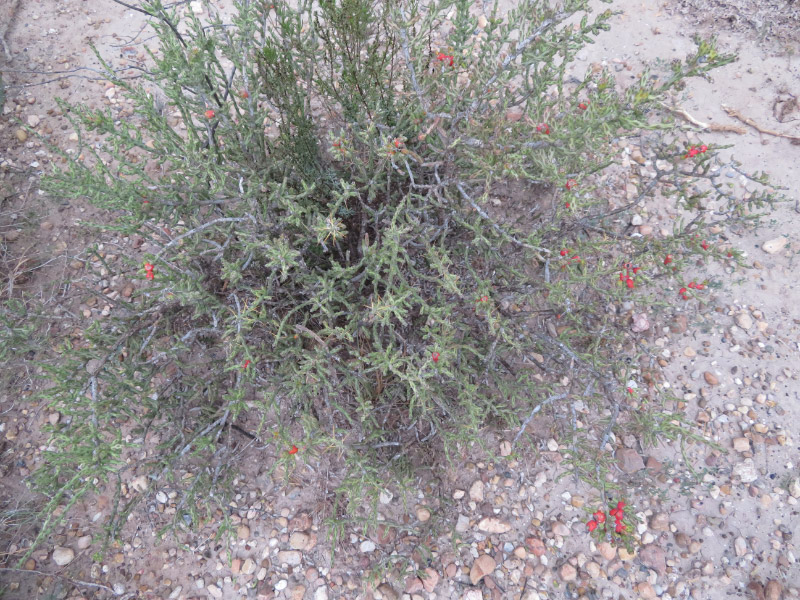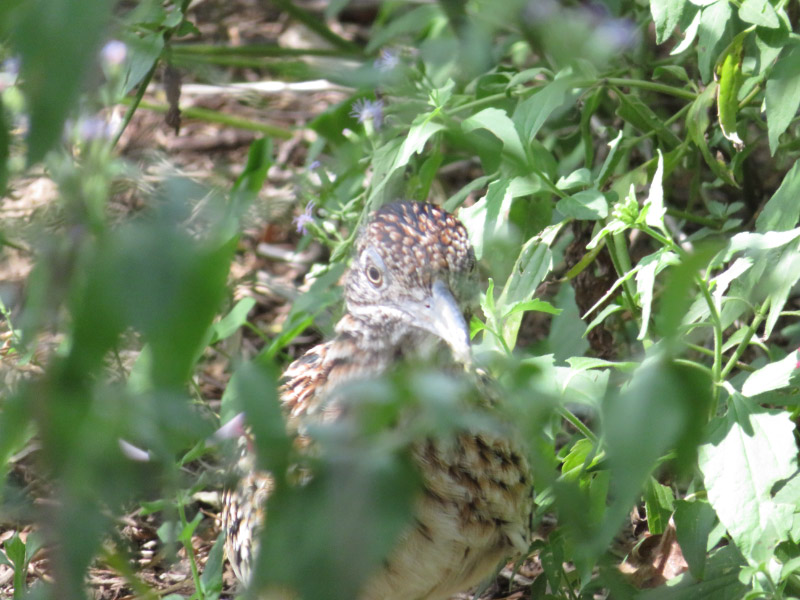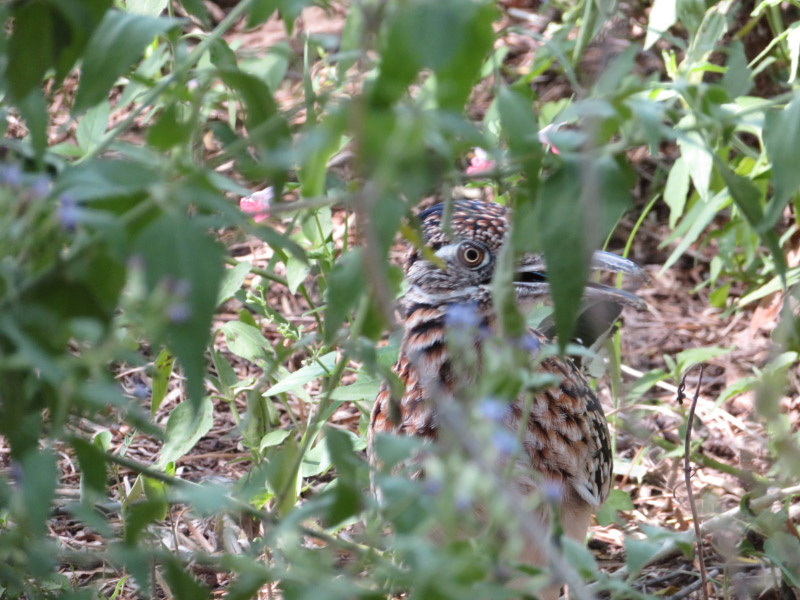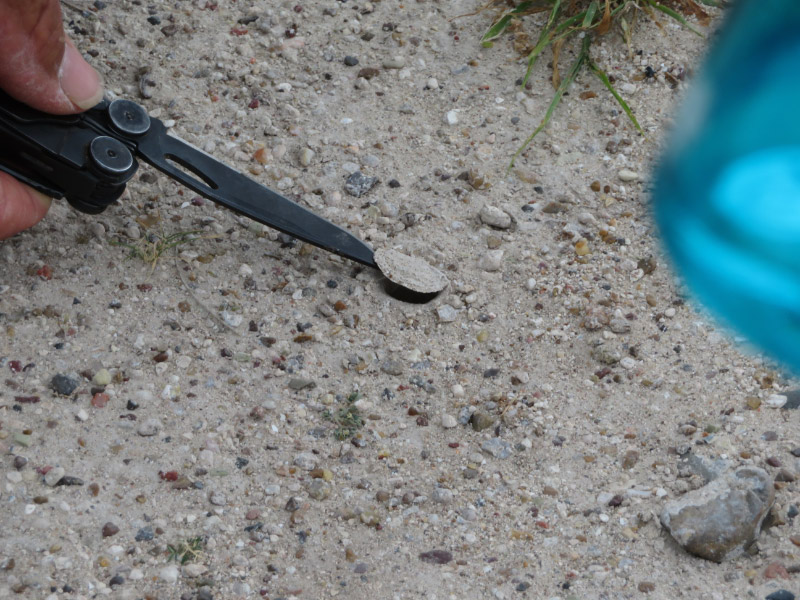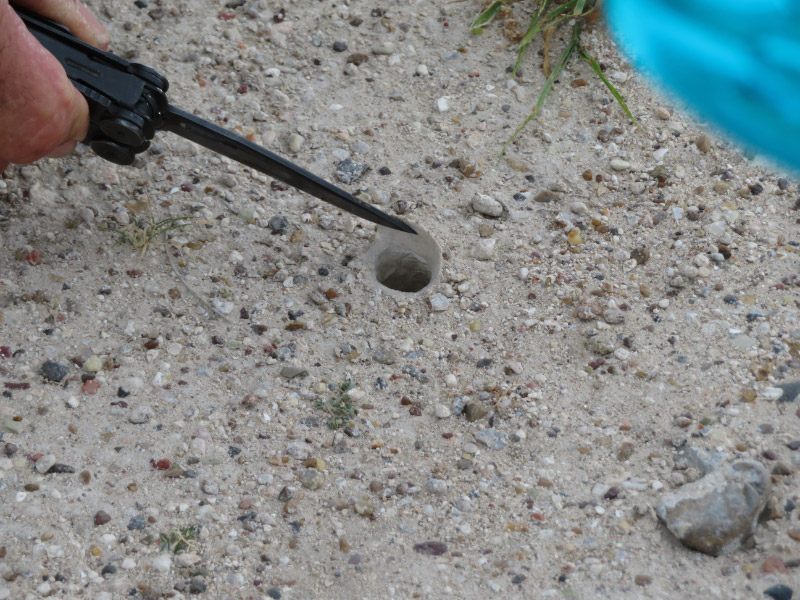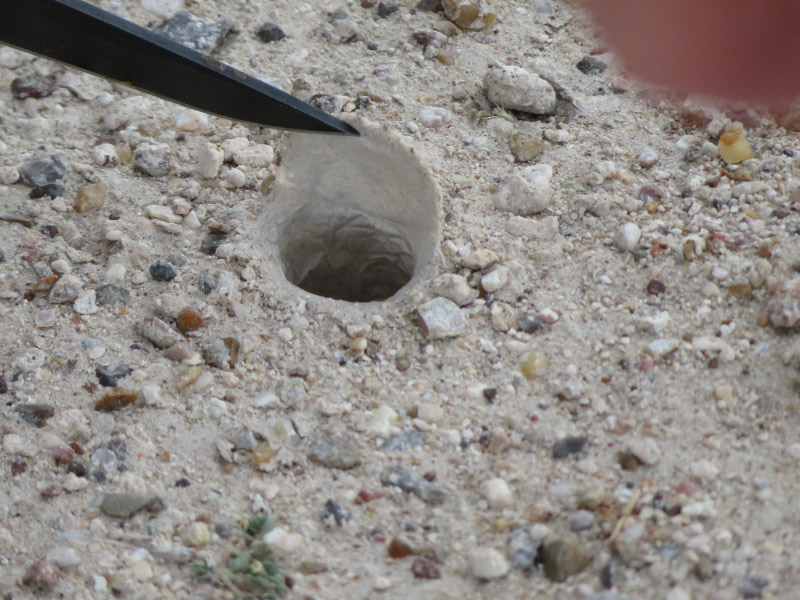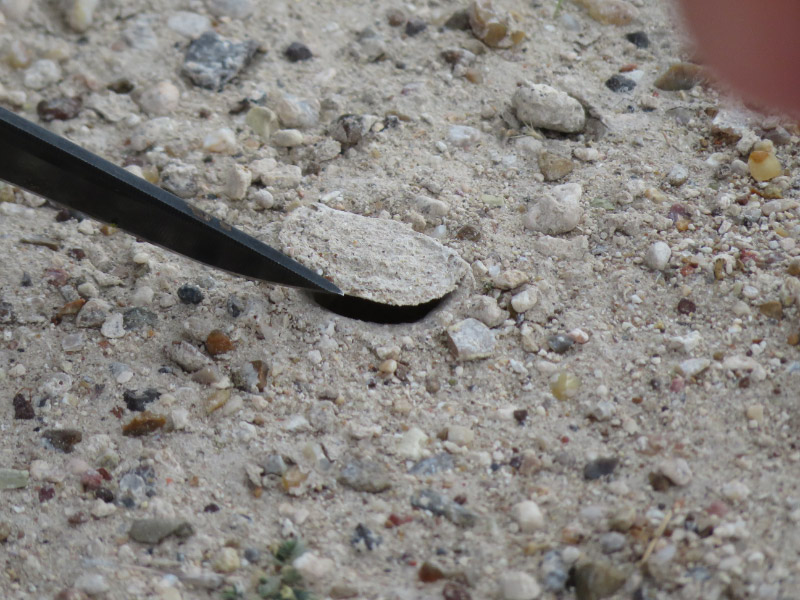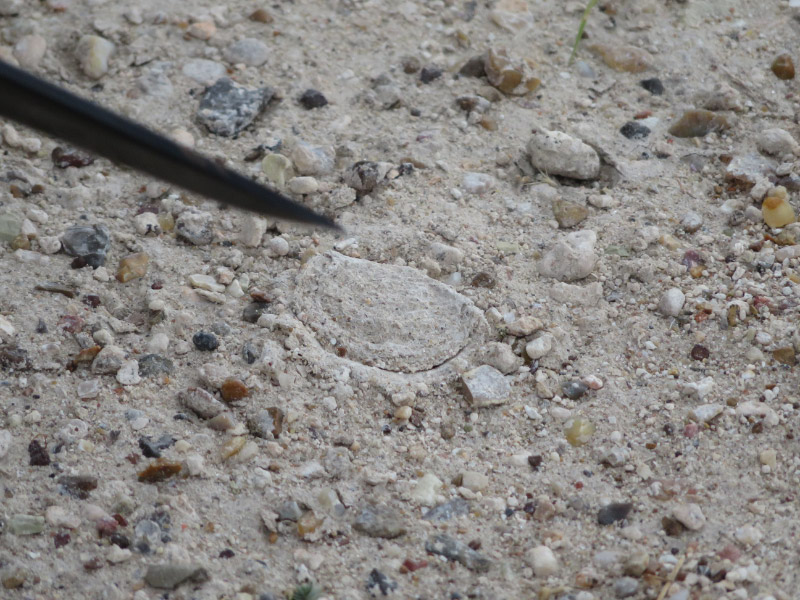Monitoring Conservation Easements
/This December is my first experience volunteering to do the annual monitoring of conservation easements for the Howard County Conservancy. I went to a training back in September and then ‘shadowed’ an experienced monitor visiting 2 easements in November. In December, I was ready to monitor 2 easements with a cohort that was doing it for the first time as well. The owners were notified by Howard County Conservancy that we would be monitoring on a particular day and the weather cooperated for both days – dry and not overly cold. The first property was mostly forest and the hike around the property was different than my usual hike since there were no well-defined trails; deer trails or picking a path through the briars (glad we were doing this in December when it was cold enough to wear heavy pants to protect my legs from thorns). It was a wonderful early winter ‘walk in the woods.’
The land was crossed by a stream that feeds into the Patuxent River. We had one stream crossing over a culvert but made another stepping on rocks; it was good that it had not rained recently. Most of the trees were native…but there was a substantial clump of bamboo growing on one streambank.
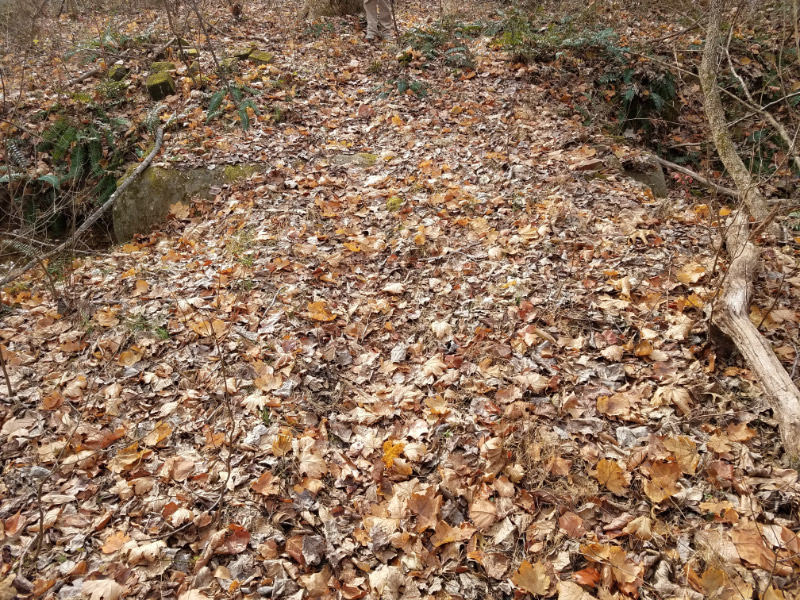
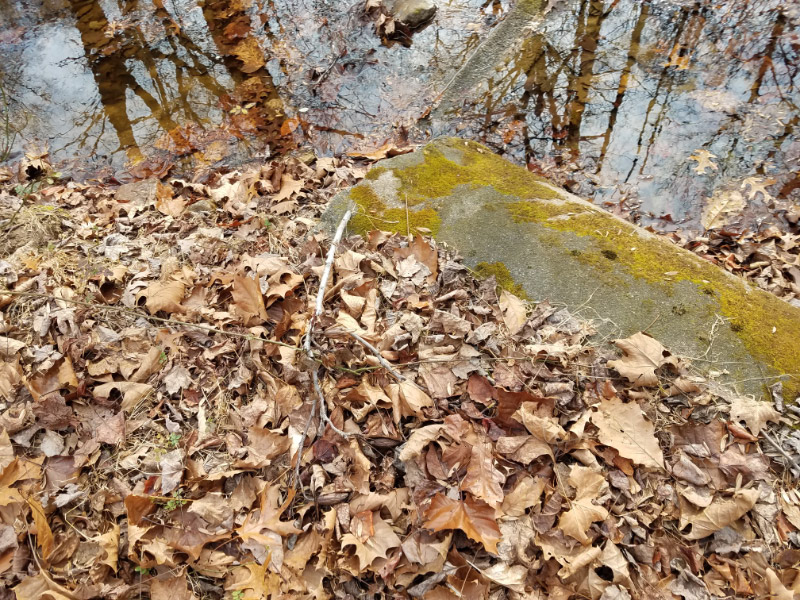
The land was easier to see with the leaves on the ground. As usual, I noticed fungi.
There was an odd holly-like plant as part of the understory. The leaves looked like holly but the top did not.
At the end of the walk, I rejoiced that the property owner had made the effort to make it a conservation easement and that it was about that same as it had been in previous years.
The second easement was entirely different: surrounded by housing developments and an active farm/golf related business rather than forest. The business was about the same as it had been in the previous year…but there was a change at the farm: a guard dog. The dog did not appear immediately, but no one was home. We could tell that there had been some earth moving going on upslope from the stream that starts on the farm and eventually flows into the Patuxent River. If a heavy rain came – a lot of soil would slump down into the stream. The dog appeared…and we decided to gracefully retreat without completing our check of the easement. The monitoring will have to be done when the owner or their representative can be there. It was a rattling experience, but we enjoyed a hefty morning snack with hot tea/latte to recover!













